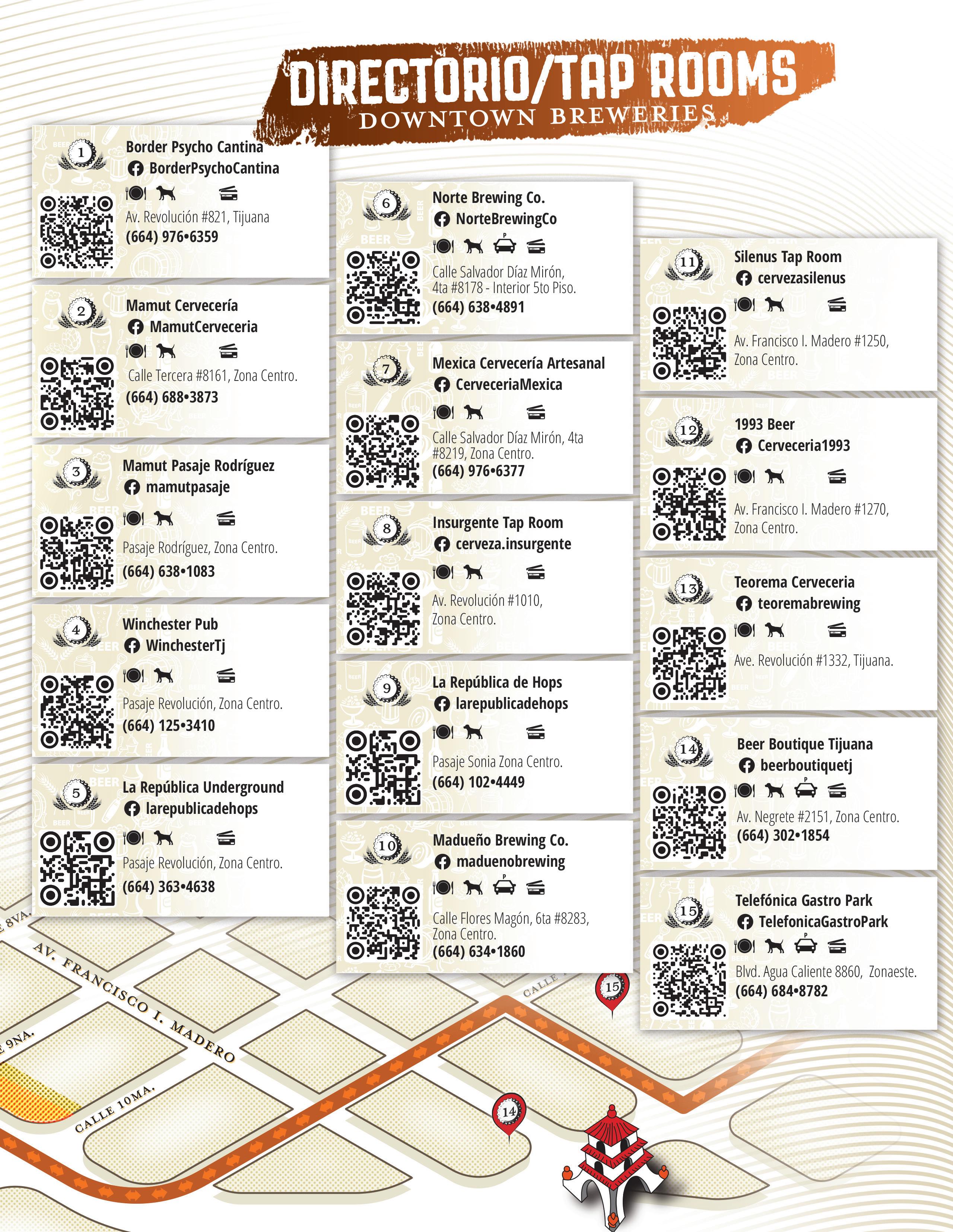A MELTING POT OF CULTURES FROM ITS ORIGINS TO THE BORDER CITY
COTUCO:
60 YEARS OF ACHIEVEMENTS
A FLAVOR WITH HISTORY: THE LEGACY OF GIUSEPPIS PIZZERIA
CAPITAL OF MEDICAL TOURISM IN LATIN AMERICA
ICONIC EVENTS IN TIJUANA
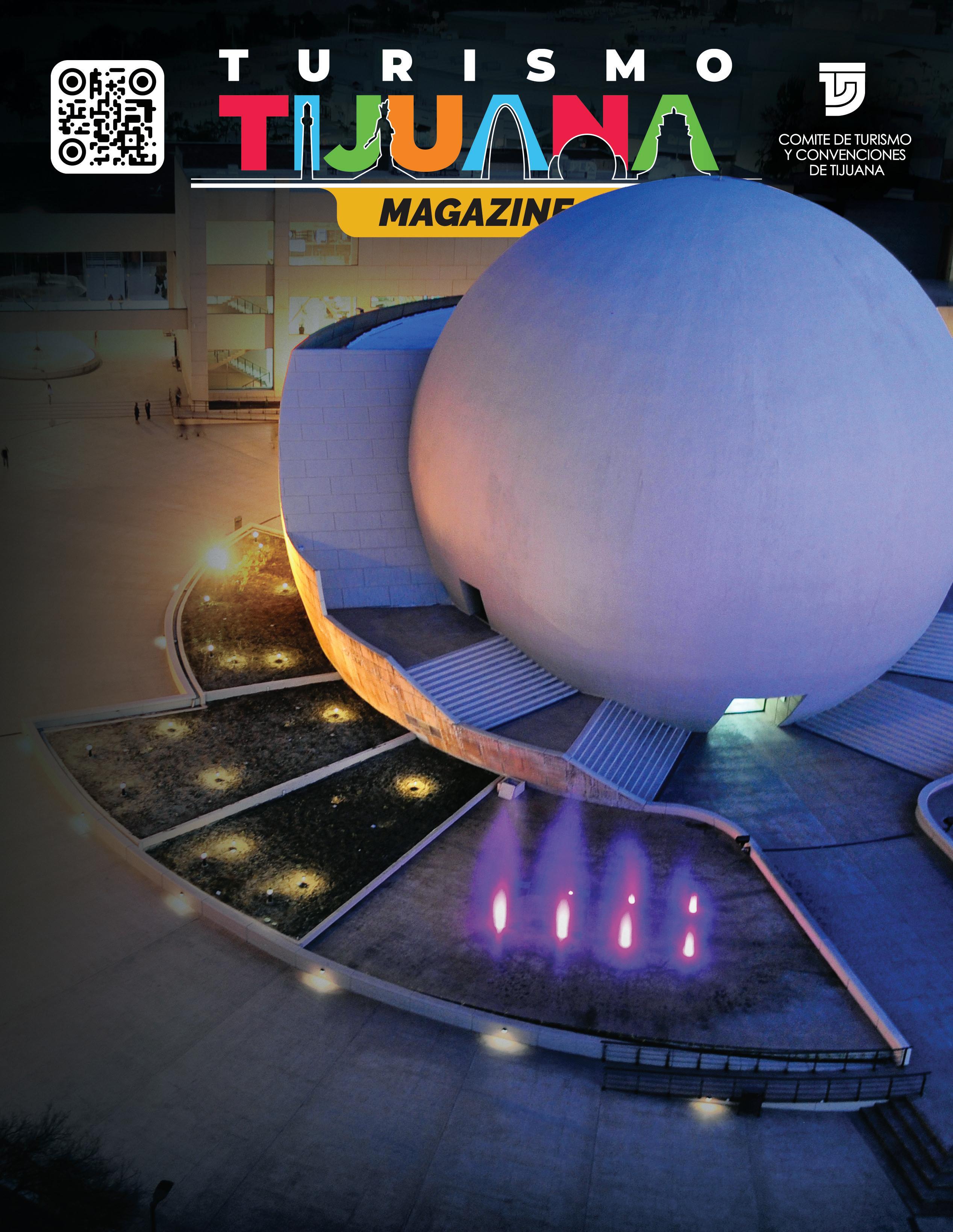

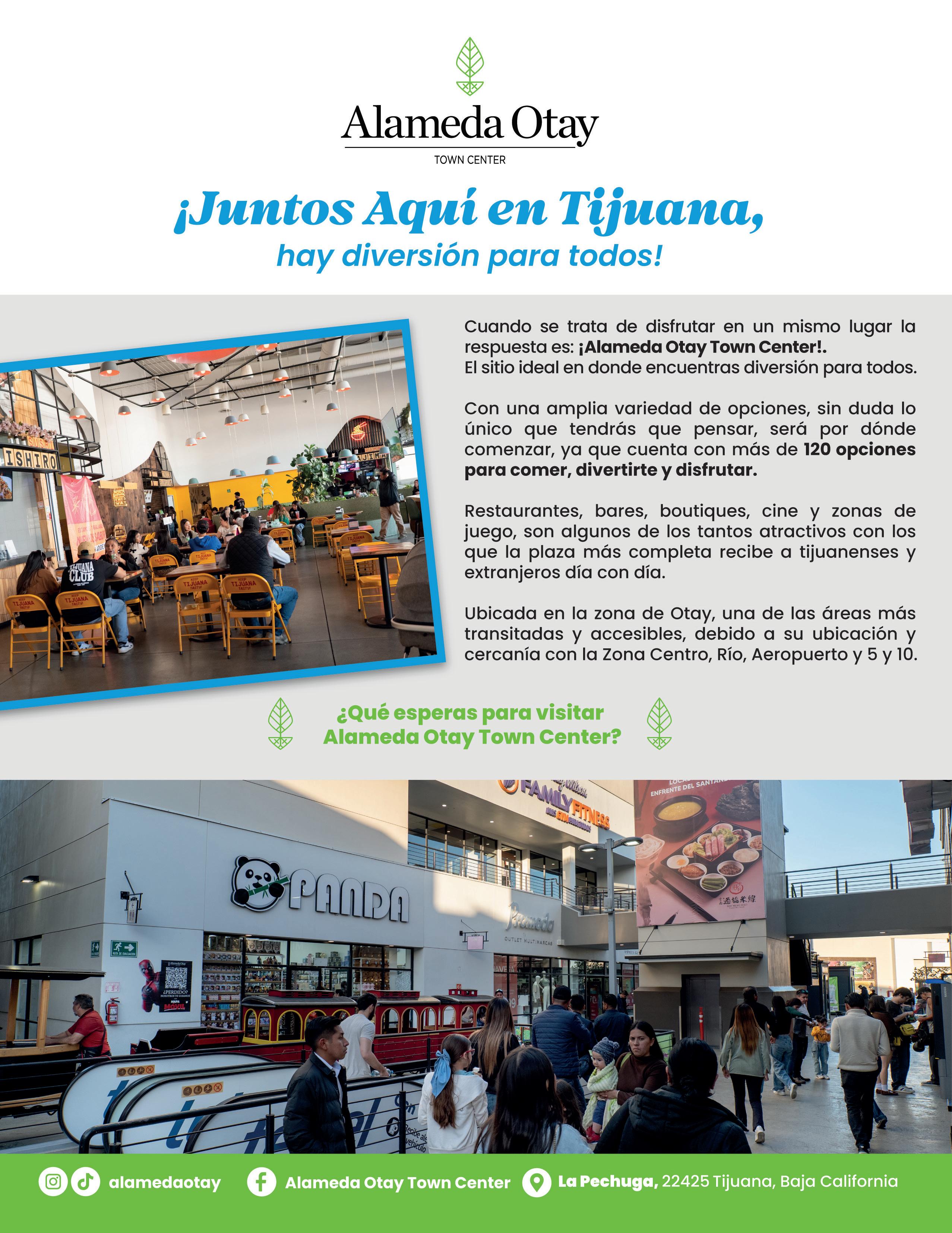


A MELTING POT OF CULTURES FROM ITS ORIGINS TO THE BORDER CITY
60 YEARS OF ACHIEVEMENTS
A FLAVOR WITH HISTORY: THE LEGACY OF GIUSEPPIS PIZZERIA
CAPITAL OF MEDICAL TOURISM IN LATIN AMERICA
ICONIC EVENTS IN TIJUANA




It is a true pleasure to warmly welcome you to the second edition of Tijuana Magazine, a space that seeks to capture the essence of our city. On this occasion, we write about topics that highlight the cultural, historical, and economic wealth that Tijuana has to offer, reflecting the notable growth and diversity that characterize and enrich us.
This month, the Tianguis Turístico will be held in our region, a highly relevant event taking place from April 28 to May 1, 2025. In this long-awaited event, we will have the opportunity to showcase the benefits our city offers to both tourists and investors. Likewise, we will present to the world the hospitality and warmth of the people of Tijuana. The Tianguis Turístico serves as a meeting point where buyers and sellers convene to showcase the tourist and business offerings from each state of the Mexican Republic.
We explore the fascinating history of Tijuana. Our city has undergone countless changes over the years, evolving from its beginnings as the city of “Tia Juana” into the dynamic, vibrant, and cosmopolitan city it is today. Tijuana has demonstrated strength and resilience, adapting to economic and demographic changes, as well as its accelerated population growth. Understanding our roots is essential for
grasping its complexity and, above all, for laying the foundations for sustained and prosperous growth, where everyone who comes to our city can find their dreams.
Another topic that deserves special attention is the creation of Mexican pizza, which has its origins in our beautiful city, thanks to the creativity and vision of its creators. By identifying a niche opportunity and combining various ingredients, they achieve that special touch that results in our Mexican pizza, enjoyed throughout the Republic. This demonstrates that for years; Tijuana has been taking the first steps toward consolidating itself as the gastronomic destination of excellence that it is today.
We address the growth of the medical device industry, whose exponential growth over the years has positioned Tijuana as a benchmark in high-tech manufacturing within this sector, generating a large number of jobs and promoting both national and foreign investment. Without a doubt, our geographical location, combined with local talent, makes our city the ideal place for the establishment and development of this sector.
We extend a cordial invitation for you to immerse yourself in the pages of this edition, where you will find stories that
inspire and reveal the magic of Tijuana in every corner. Enjoy reading our second edition and join us in this celebration of who we are and what we can become!
With appreciation and enthusiasm, Dr. Karim Chalita Rodríguez
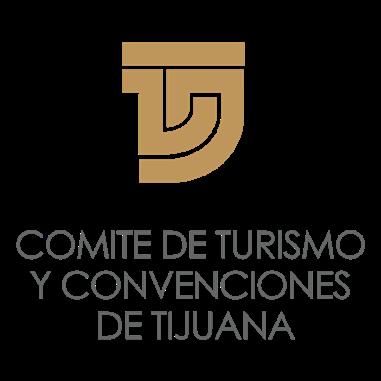

EDITORIAL COMMITTEE:
Mtra. Mariana Rodríguez Ruíz
Mtra. Martha Domínguez Uscanga
Mtra. Melissa Pacheco Silveyra
Ana Alicia Meneses Martínez
Lic. Gabriel Camarena Salinas
EDITORIAL SOURCE:
Lic. Bibiana Ayled Cabrera Wong
Lic. Carmen Díaz Camposeco
Alma Sofia Villalobos
Mtro. Enrique Rangel Rodríguez
EDITORIAL DESIGN AND EDITING:
David Carrizales Hernández
WRITING AND PROOFREADING: Myrna Sánchez
PHOTOGRAPHY:
Armando Castillo y Cristian Cruz
Bimonthly Magazine VOLUME 2
© All rights reserved. Comité de Turismo y Convenciones del Municipio de Tijuana, Estado de Baja California.

A melting pot of cultures from its origins to the border city

Tijuana: the Capital of Craft Beer .................................................................pg. 9
Dental implants: A safe and long-term solution for tooth loss
.................................................................pg. 12
Tijuana: Capital of medical tourism In Latin America
.................................................................pg. 14
The Xoloitzcuintli: Emblem of Tijuana Identity .................................................................pg. 20
The importance of public policies in the tourism and economic development of Tijuana .................................................................pg. 23
Bighorn Sheep: Identity of Baja California .................................................................pg. 24
Tijuana Tacos: A Flavor That Crosses Borders .................................................................pg. 26
Cotuco: 60 years of achievements .................................................................pg. 27
Baja California: Leader in Medical Devices .................................................................pg. 30
Mayors and councilors from the area of Los Angeles, California visited the city of Tijuana, Baja California, Mexico. .................................................................pg. 32 Upcoming Events .................................................................pg. 34 A “Role” Through Tijuana… .................................................................pg. 35
Ramuri: Craft Beer Option .................................................................pg. 36



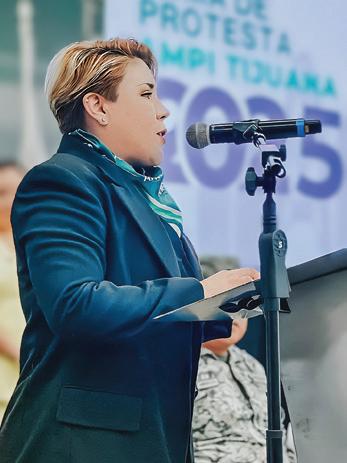
A flavor with history: The Legacy of Giuseppis Pizzeria
Donkey-Zebra: Tijuana Icon of Tradition and Identity
The Hidalgo Market: A corner of flavor and tradition
Tijuana 2025: an ideal destination for meeting tourism and its economic impact
Tijuana: Booming Destination for Real Estate Investment


Tijuana pulsates in a binational synergy, where culture, gastronomy, and history converge to create an exquisite mix of contrasts. Tijuana, better known as “Tía Juana,” has its origins in 1829, with the concession of 10,520 hectares owned by Santiago Argüello, reveals Illya Haro, Secretary of Culture of Tijuana.
From the old Municipal Palace of Tijuana, located in the heart of our city, the head of the Municipal Institute of Art and Culture (IMAC) shared with us that the first
inhabitants of this territory were the Kumiai, an indigenous people who were part of the Yuman linguistic family. These semi-nomadic groups traveled through the region from Ensenada to present-day California, in search of better conditions for their subsistence, dedicating themselves to gathering, hunting, and fishing. The arrival of Franciscan missionaries in the 18th century linked the Kumiai with the Mission of San Diego de Alcalá, thus marking their first contact with European colonization.
The formal birth of Tijuana, he said, is framed in the context of the colonization of the northern border after the Independence of Mexico. In 1829, Don Santiago Argüello received a land grant of 10,520
hectares from the governor of the Californias, José María Echeandía, as a reward for his military service and with the intention of colonizing the Californian peninsular territory.
“These lands, known as Rancho ‘Tía Juana,’ were designated for livestock and agricultural exploitation. Throughout the 19th century, the settlement gained importance until it obtained its autonomy as a municipal section in 1888. In 1975 and 1976, historians and municipal authorities agreed to establish July 11, 1889, as the official date of the city’s founding, based on a judicial agreement regarding the distribution of the Argüello family’s lands and the first urban plan of the city,” he expressed.
Tijuana’s first economic activities revolved around livestock and commerce. With the delimitation of the border line after the Treaty of Guadalupe
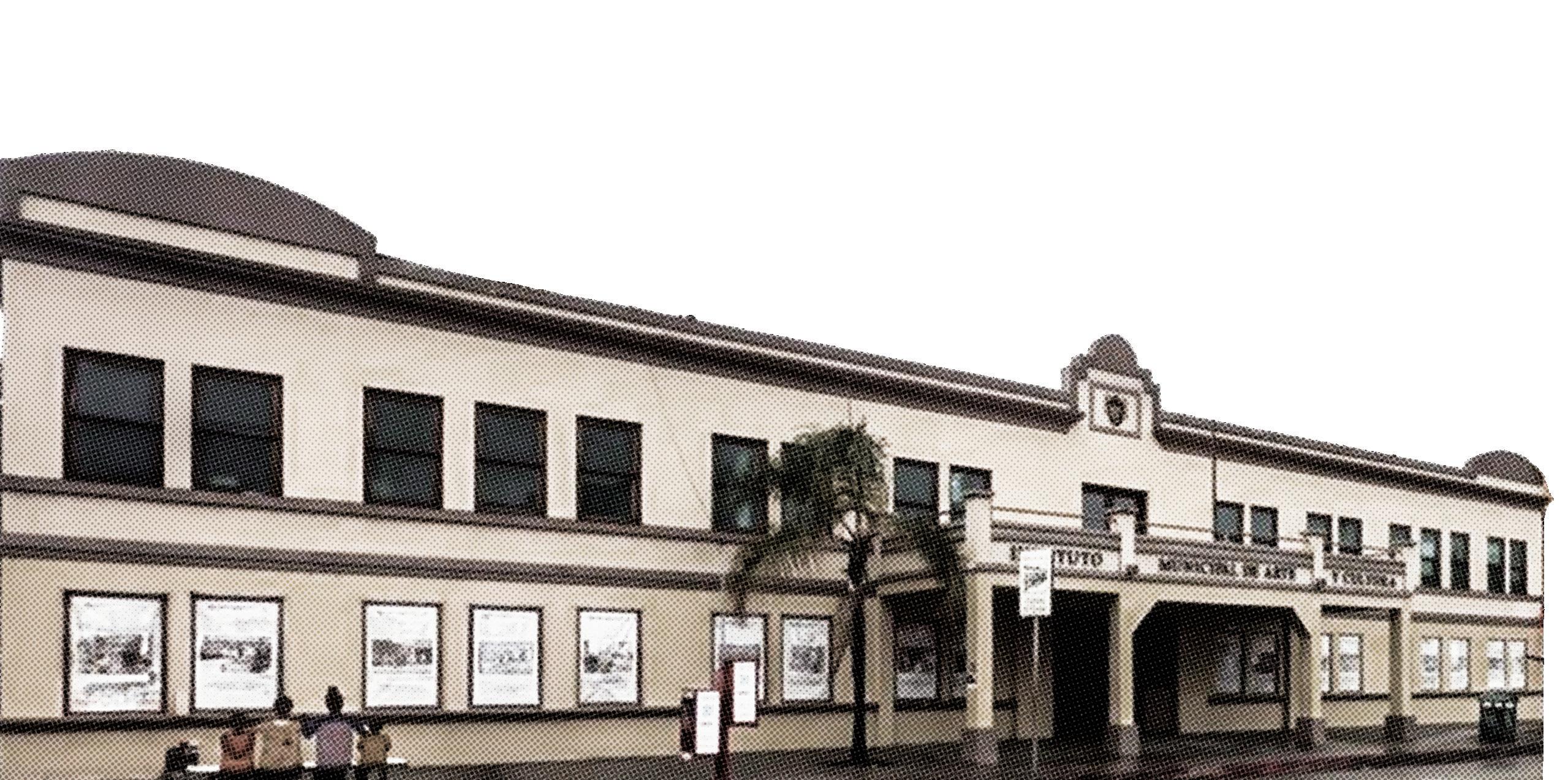

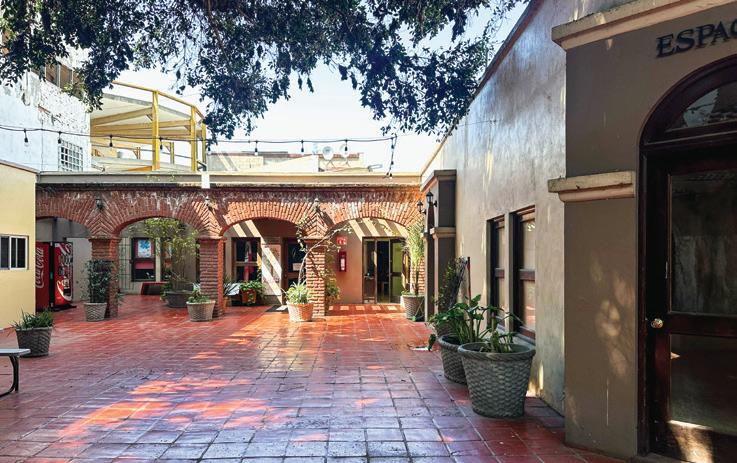


Hidalgo in 1848, the transit of people and goods increased, leading to the establishment of the first border customs office, said Haro, which prompted the emergence of inns, food stores, and businesses in the region. Later, tourism became the city’s economic engine, mainly due to the construction of the railroad at the beginning of the 20th century and Prohibition in the United States—a period during which Tijuana established itself as an entertainment destination with casinos, cantinas, and shows that attracted thousands of visitors from the neighboring country.
The tourism boom, continued the head of IMAC, generated rapid population growth, and between 1920 and 1930, the city’s population increased from one thousand to over eight thousand inhabitants. This growth promoted urban expansion and the creation of the first workers’, neighborhoods of Tijuana such as Libertad, Castillo, and Independencia. The main avenues were designed with a focus on tourism, and commercial activity was concentrated around casinos, such as the world-famous Agua Caliente Tourist Complex, liquor stores, and other entertainment-
related businesses. Families like the Argüello, Machado, Bandini, and Olvera played a key role in the development of the city, promoting its urbanization and economic consolidation.
The historical legacy of Tijuana is preserved in archives and photographic collections that offer a clear vision of its evolution. The old Municipal Palace of Tijuana, considered cultural heritage of the State of Baja California, houses the Museum of History of Tijuana and the historical archive, which contains various digitized private collections, through which it is possible to obtain clues and elements about Tijuana’s historical and urban development, among which postcards and newspapers stand out, Haro highlighted.
Additionally, institutions such as the Tijuana History Society and the UABC Historical Research Institute continue to study and disseminate its past, allowing new generations to learn about the cultural and social wealth that gave rise to this vibrant border city, he noted.


Lic. Bibiana Ayled Cabrera Wong
Located in the northwest corner of Mexico, Tijuana is not only a vibrant and cosmopolitan border city, but in the last decade, it has positioned itself as the “craft beer capital” of the country. Its growth in this industry has been notable, becoming a benchmark not only nationally but also internationally.
The craft beer boom in Tijuana began around 2010 when a group of independent brewers decided to experiment beyond traditional commercial beers. Thanks to its proximity to the neighboring state of California, one of the regions with the greatest cerveza culture in the world, many of these pioneers were inspired by American styles such as IPA (India Pale Ale), Stout, or Pale Ale, while incorporating unique flavors and their own techniques. This mix of ideas, techniques, and flavors was the beginning of a movement that has not stopped growing.
Unlike other destinations where industrial beer predominates, here you will find bars specializing in craft beer with unique and dynamic concepts, from “garage” type urban spaces to establishments with a much more sophisticated vibe. For example, Border Psycho, Bosinger, Calle 6ta, Deserto, Farland, Insurgente, Kaminari, La 93, Madueño, Mamut, Mexica, Norte Brewing, Ramuri, Silenus, Teorema, 5 y 10, Playful, and Baja Brewing, where each has left its mark on tourists who love new flavors.
In Tijuana, investments have been made to produce with the highest quality equipment imported from the United States and Europe, allowing for improved consistency and quality of each product. The city has hosted different events such as “Tijuana Beer Fest” and “Expo Cerveza Artesanal,”
which have strengthened its image as a beer “epicenter,” attracting thousands of producers and consumers from all over Mexico and Southern California.
In this context, Tijuana brewers have been able to respond to multiple global trends within their market, from the beginning of the Hazy IPA fever to

the heyday of low-alcohol beers (session beers) or beers inspired by different Mexican desserts. Unlike many cities in the country, the beer market in Tijuana is accustomed to serving both local residents and foreign tourists, which has generated a varied offer and great acceptance of modern and experimental styles
Ricardo Franco Zamora
It was the 1960s, and at that time, Juan José Placencia, a visionary man, founded Giuseppis, the first chain of Italian food restaurants in Tijuana. Attracted by the warm and exquisite mix of aromas that emanated from one of the windows of Filippi’s Pizzeria in the neighboring city of San Diego, California, Don José had a dream that, today, has not only fed generations but has also inspired hundreds of entrepreneurs throughout the region.
Encouraged by the response of family and friends, with whom he shared his delicious pizzas, Don José bought his first oven, a table, and a refrigerator, giving rise to his first restaurant: “The first location was a small square measuring 5x5 meters in the Mercado de la Canasta... that’s where it all began. In that small kitchen, a jewel of local gastronomy was also born: Mexican pizza,” said his son, Juan José Plascencia Huerta.
“Giuseppis’ story is also a family story. My mother was a cashier, my grandmother cooked with my father, and together they prepared about ten pizzas a day. But the demand grew quickly. People loved it, and soon we had to make twice as many,” he added.
“We added jalapeños to the pepperoni pizza; then we thought of using beans as a base... like in molletes. With ingredients like cheese, bacon, and chorizo, we created a unique version that today is one of the most requested. We know that we were one of the pioneers in Mexico,” he recalled.
The evolution of Giuseppis continued, and as time went by, the menu expanded: salads, pastas, lasagnas, and chicken and fish dishes. Thus, concerned with satisfying the palates of their loyal and regular diners, the Plascencia family adapted their dishes. By the end of the 1970s, that family business had transformed into an Italian restaurant and later into a restaurant chain that has left its mark in Tijuana.
Today, Giuseppis has ten branches in the city and one more in Rosarito. “Here it was born, and here we continue. Many generations have passed through our tables,” he said.
Their vision is clear: to care for what they have built, maintain quality, and continue to be an accessible and family-friendly space. “We have the three B’s: good, beautiful, and affordable. My dad will always fight for that.”
Currently, Juan José, who served as president of the National Chamber of the Restaurant and Seasoned Food Industry (CANIRAC) for a period of five years, directs the company.
“Giuseppis is more than a pizzeria: it is a symbol of effort, of the flavor that unites, of the roots that are not forgotten. We will always be here, God willing, with the doors open for those who want to visit us. We can continue for many more years giving everything to Tijuana,” he concluded.
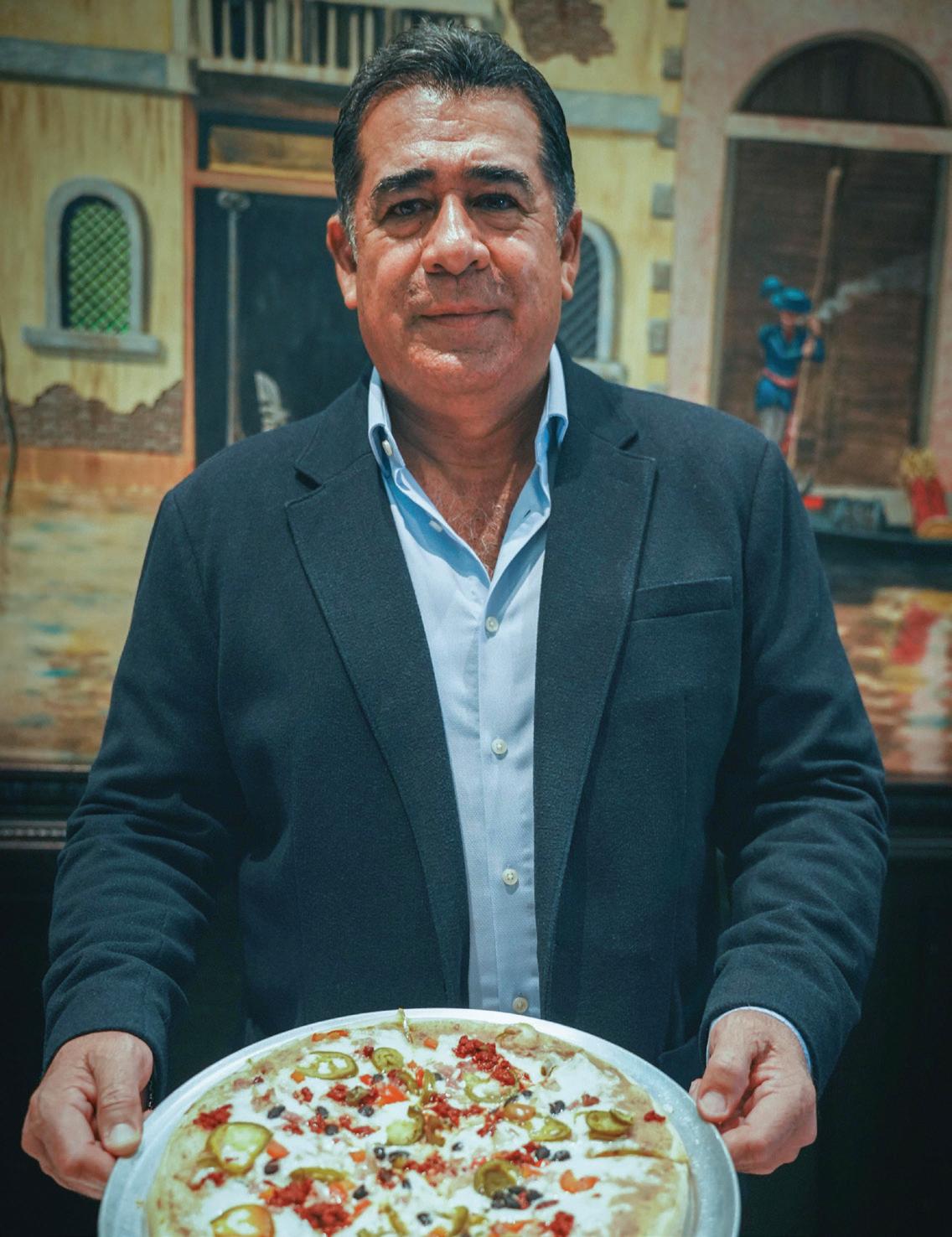
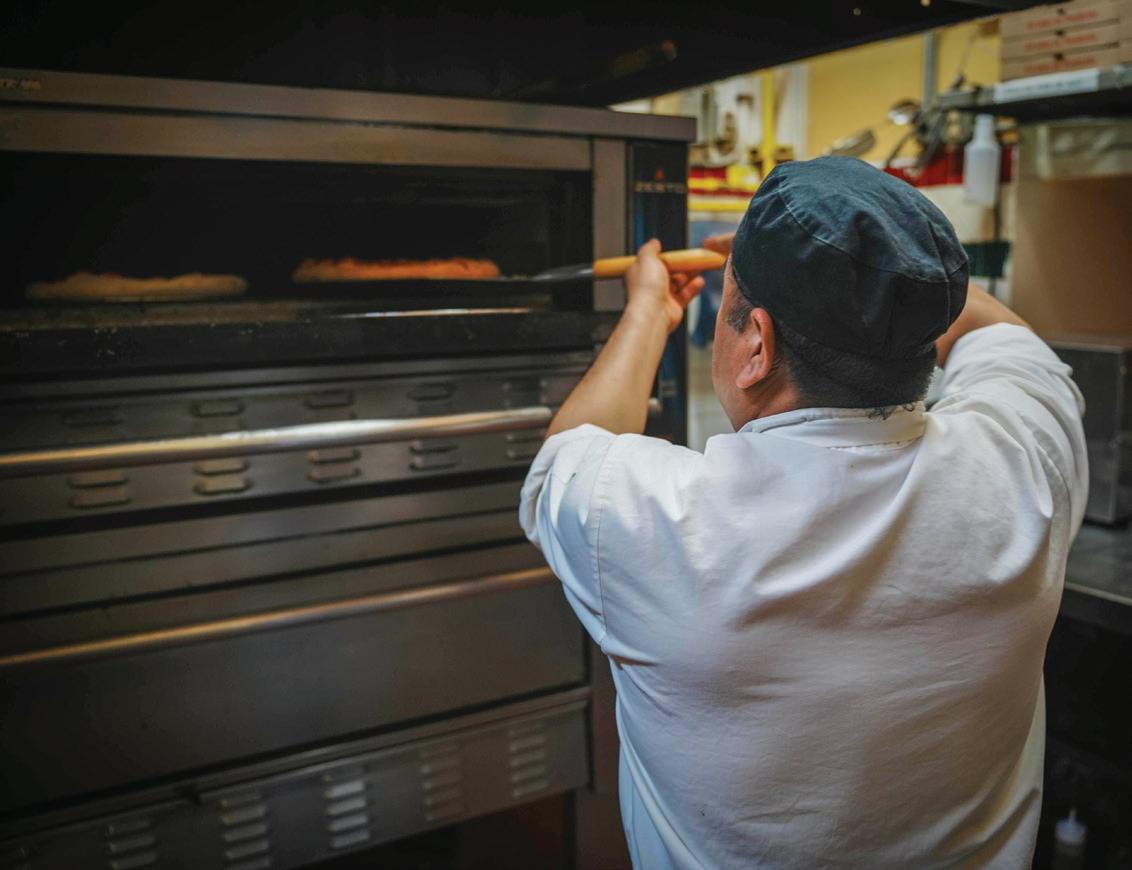
“HERE IT WAS BORN, AND HERE WE CONTINUE. MANY GENERATIONS HAVE PASSED THROUGH OUR TABLES “
Juan José Plascencia
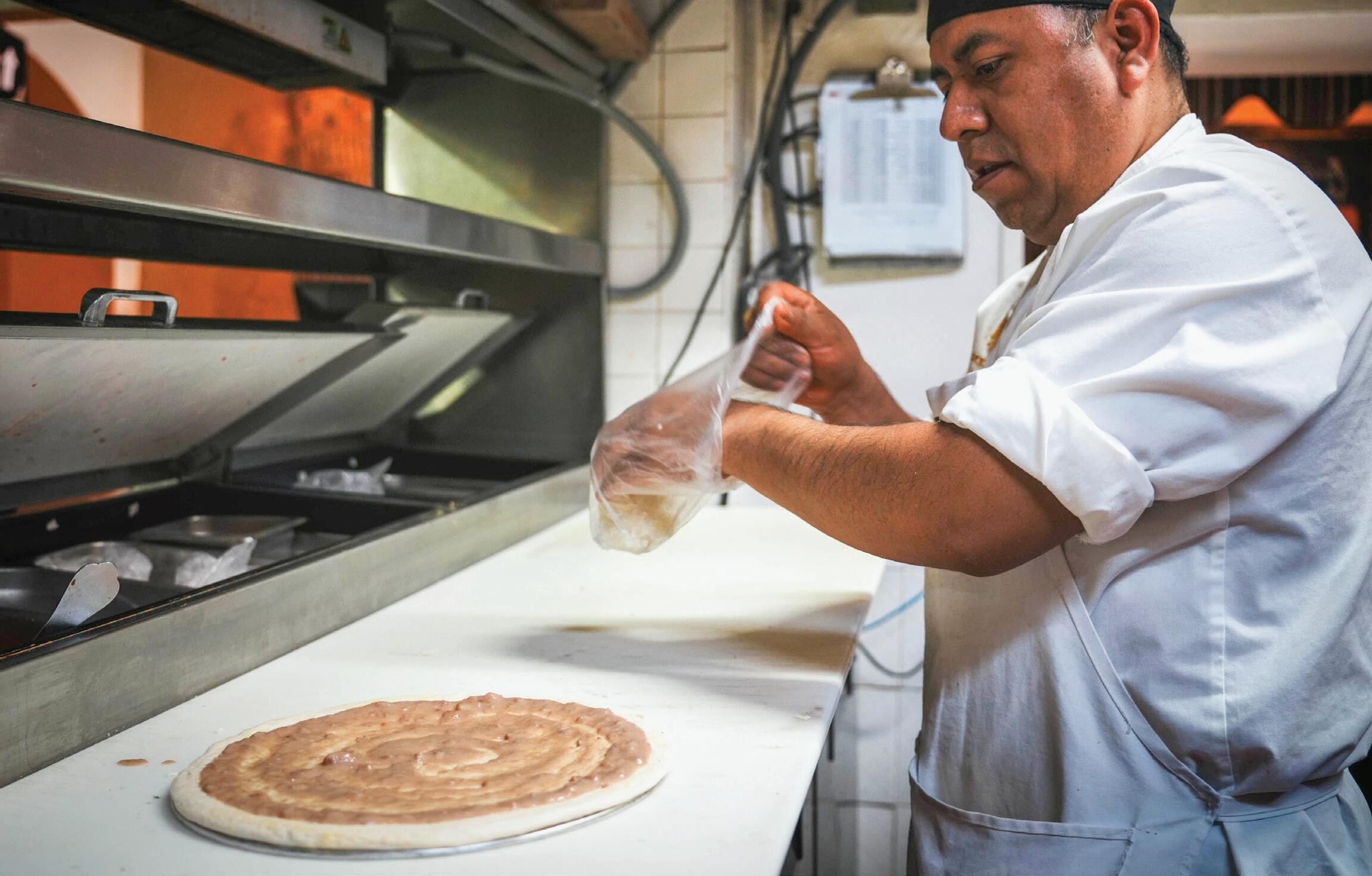
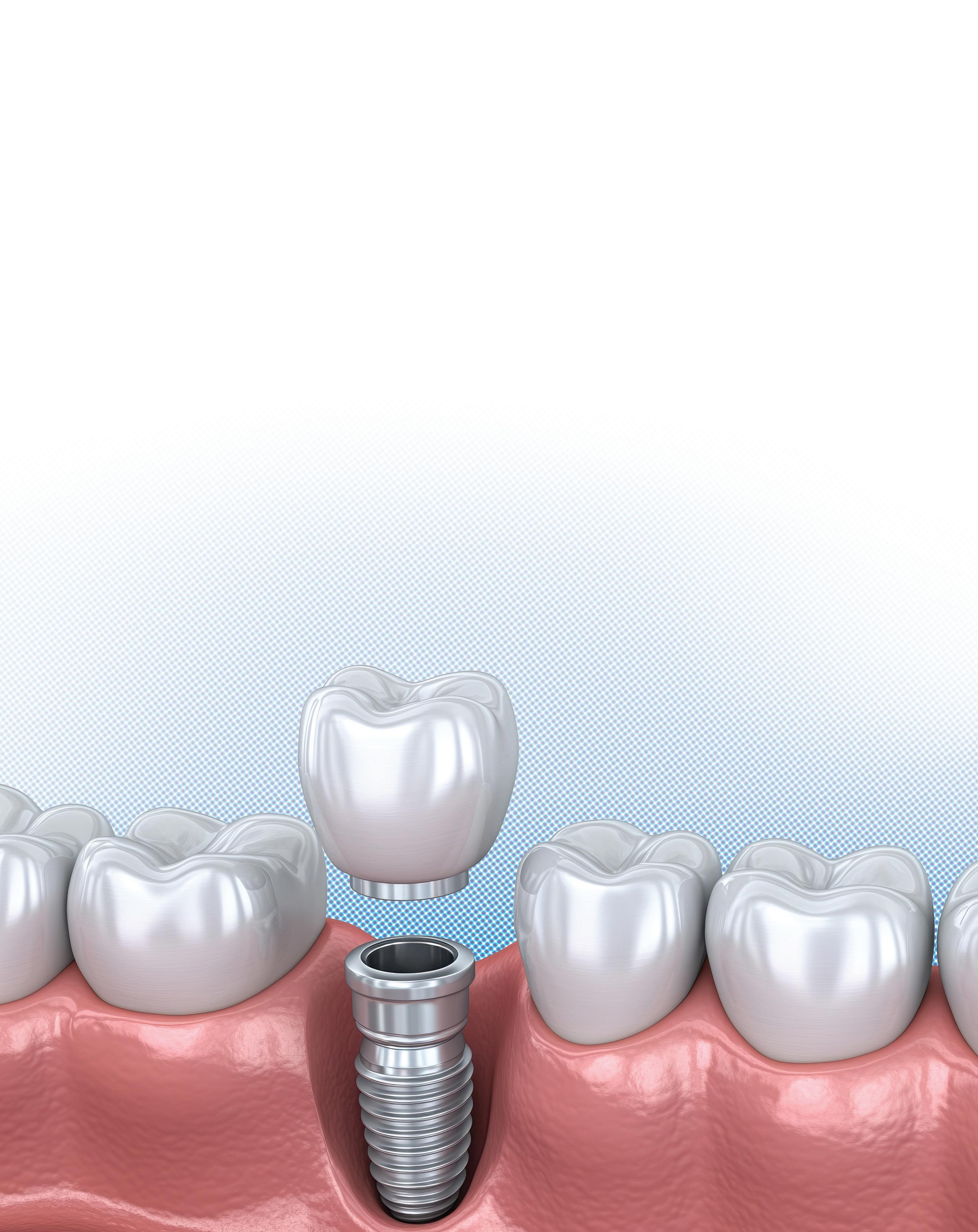
Dental implants are one of the best options for restoring the function and aesthetics of the smile in patients who have lost one or more teeth. These are titanium structures that are surgically placed in the maxillary or mandibular bone to replace the root of a natural tooth, serving as a base for a crown, bridge, or complete prosthesis.
1 DURABILITY AND RESISTANCE: With proper care, implants can last a lifetime, making them a long-term investment.
2 NATURAL APPEARANCE: They integrate perfectly with natural teeth, providing a harmonious aesthetic.
3 IMPROVED CHEWING FUNCTION: They allow you to chew with the same force as a natural tooth, unlike removable prostheses, which can limit eating.
4 BONE PRESERVATION: They prevent the resorption of the maxillary bone that occurs after tooth loss, maintaining facial structure.
5 COMFORT AND SAFETY: Unlike removable prostheses, implants do not slip or require adhesives.
• Loss of one or more teeth due to cavities, periodontal diseases, or trauma.
• Patients with sufficient bone quantity and quality to support the implant or those who can undergo bone grafts in case of bone deficiency.
• People looking for a fixed and durable alternative to removable prostheses or traditional bridges.
• Patients without uncontrolled systemic diseases, such as uncontrolled diabetes or severe bone problems, that may affect the healing process.
Dental implants have revolutionized modern dentistry, offering a reliable and effective solution for those who want to regain their smile and quality of life. If you are considering this option, it is essential to see an implantology specialist for a detailed evaluation and personalized treatment plan.


In recent decades, Tijuana has ceased to be just a border city and has consolidated itself as a world reference in the field of medical tourism. Currently, it leads Latin America as a health destination and places Mexico in second place globally for receiving
international patients. This evolution has not been a coincidence, but rather the result of constant, professional work focused on quality, according to Dr. Fabián Walters Arballo, president of the Baja Health Cluster.

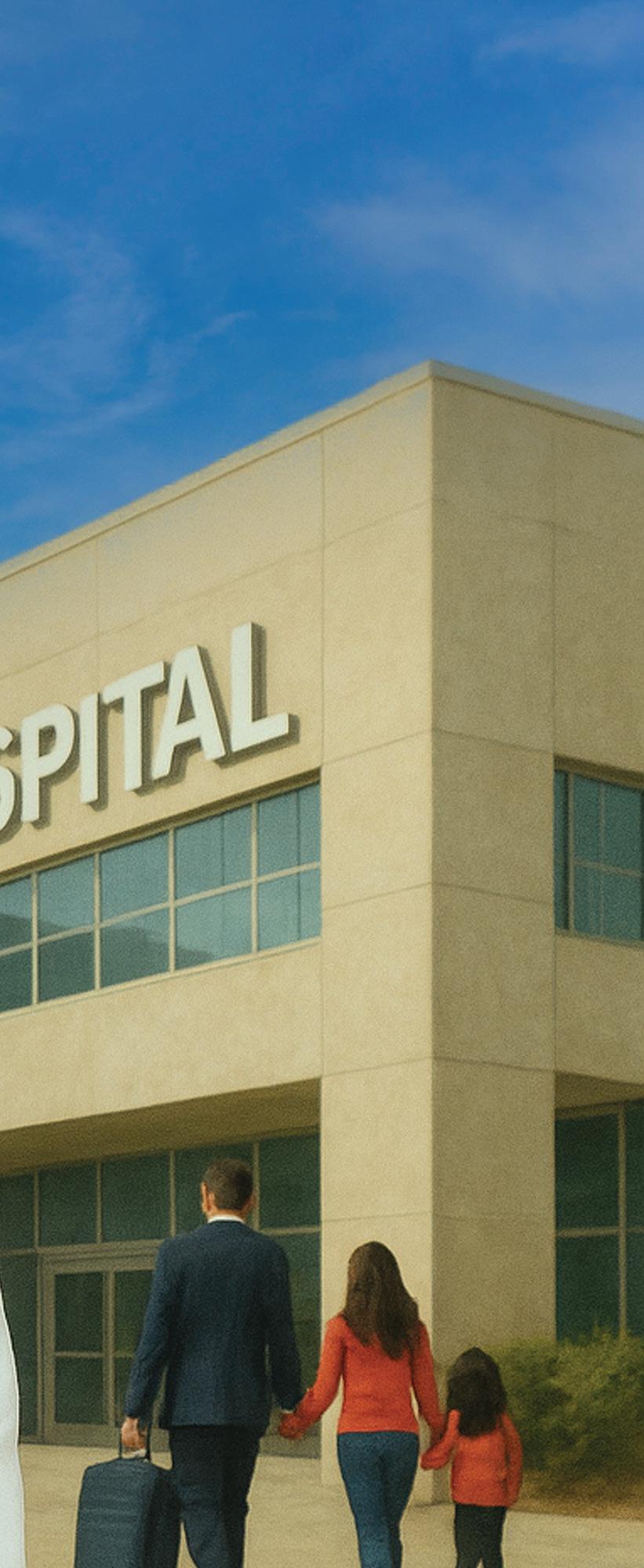
The impact of medical tourism in Tijuana is enormous, as it is considered one of the main economic drivers of the city. Although it has always existed, in the last 25 years it has gained impressive strength, establishing Tijuana as a premier health destination, says Dr. Walters. Throughout this time, it has become a pole of attraction for thousands of people who cross the border in search of specialized and quality medical care.
The reasons that bring patients to this city are varied. From general consultations to complex surgical procedures, Tijuana offers a wide range of medical services. However, there are areas that stand out for their high demand. Dentistry has historically been one of the most sought-after services, but today new disciplines have gained popularity, such as plastic surgery, bariatric surgery, ophthalmology, orthopedics, traumatology, and reproductive medicine, detailed by the president of the cluster.
The rise of bariatric surgery in the last 20 years, as well as the sustained growth of plastic surgery since the 1990s, has contributed significantly to Tijuana’s positioning. Additionally, the development of new surgical techniques and the incorporation of highly trained medical talent have been key in this process. In figures, around 3.33 million visitors were registered in 2022 alone, and about 20% of them came for health reasons. Of this group, between 70 and 80 percent come from the United States and Canada.
This dynamism has forced the sector to become even more professional. One of the most relevant pillars for maintaining and improving the competitiveness of medical tourism is certification. “The certification of medical service providers and the entire value chain is essential to consolidate this sector,” said Walters Arballo. “This includes doctors,
hospitals, clinics, laboratories, and other actors involved in patient care,” he added.
Certification guarantees that international quality and safety standards are met, which generates confidence in patients who decide to receive their health care in another country. “Health is the most valuable thing that a human being possesses. If someone decides to seek care outside their country, they need the certainty that they will be treated under safe and ethical protocols,” he stated. In addition, certification improves internal processes, offers legal security, and facilitates alliances with insurers and medical tourism companies that prefer to work with accredited institutions, he added.
Even so, Dr. Walters recognizes that certification does not completely eliminate the risk of medical complications, but it does guarantee that professionals and institutions have the knowledge and tools to address any eventuality. “You cannot completely prevent an incident from occurring, but you can ensure that the doctor, clinic, or hospital is prepared to respond appropriately,” he emphasized.
With a positive outlook, the future of medical tourism in Tijuana is promising. The city has the infrastructure, talent, and strategic location to continue growing as a health destination. “We are on a very good path,” concluded Dr. Fabián Walters. “We invite all health professionals, clinics, hospitals, and suppliers to join this vision: we need organization, ethics, professionalism, and a culture of attention to health tourists. The key is unity and professionalization.”

Lic. Elsy Pineda López
Tijuana, a border city known for its dynamism and constant evolution, has a history that, although brief, is full of elements, peculiarities, and traditions that give it its own identity and character. The zebra-donkey (cebrasno) is one of the most endearing and representative symbols of Tijuana, laden with stories, legends, and a deep sense of belonging.
Roberto Lango, an activist in defense of the donkey-zebra, has been a key figure in the preservation and promotion of this Tijuana tradition, which is in danger of extinction. “You can’t defend what you don’t love, and you can’t love what you don’t know,” reflects Lango.
The legend of the donkey-zebra begins in the early days of tourism in the city, when visitors, mainly Americans, sought photographic souvenirs of their time in Tijuana. In those early years of the 20th century, tourists wanted to prove their bravery while the country was at war and had their photographs taken as proof of their “survival” in the city. This phenomenon began on Avenida Revolución, where a lively photographer offered them a photo simulating an encounter with “bandits.”
Over time, the donkey became an increasingly frequent element in these photographs. It was no longer just a pack animal but a centerpiece in the tourist experience. However, the challenge arose when the light conditions, especially on cloudy days, made it difficult to see the animal in the photographic lens. It was then that, in 1938, a photographer had the brilliant idea of painting the donkey with stripes, creating the image of the donkey-zebra. This innovation made the photos more distinctive, and over the years, the zebradonkey became one of the most photogenic and emblematic elements of Tijuana.
The zebra-donkey consolidated itself as a cultural symbol of the city, as since the 1920s, tourists have come in search of this particular photographic experience. By the 1950s, the “cebrasno” or “zonkey” was an element that all visitors wanted to “capture” in their cameras. During this golden era, more than 21 carts with 60 donkeys worked on Avenida Revolución, providing an image that would define the visual identity of Tijuana.
However, despite its popularity, the donkeyzebra tradition began to weaken, especially in recent years. In 2013, the local government considered the possibility of removing the donkeys from the corners of the Revolution,
which provoked a reaction from various activists, including Roberto Lango. It was then that the community came together to protect the donkey-zebra, and in 2014, thanks to joint efforts, the government of Baja California declared the donkey-zebra as Intangible Cultural Heritage of the State.
Despite this declaration as Tijuana’s cultural heritage, the donkey-zebra tradition was not without controversy. In 2014, groups dedicated to animal defense and protection demonstrated against its use for tourism purposes, accusing animal abuse.
Faced with this situation, Roberto Lango took on the task of consulting experts on the well-being of the “zebras.” After an exhaustive analysis, which included consultations with specialists from Europe, Mexico City, and Mexicali, it was determined that the paint used on the donkeys is not toxic for use on animals and that their care is appropriate.
Unfortunately, the COVID-19 pandemic brought with it a tragedy for the “burreros,” as a high percentage of the workers dedicated to this activity died, and today, only a few adorn the “Revu.” Despite the challenges, the zebra-donkey is considered an indelible symbol of our identity as Tijuana residents.




In the heart of Tijuana, among aromas, flavors, and traditions, lies a place that has marked the history of our city for generations: the Mercado Hidalgo. More than just a place of commerce, this market represents an essential part of Tijuana’s identity, serving as a meeting point for locals and visitors seeking an authentic and indisputably Mexican experience.
The history of Mercado Hidalgo dates back to the 1930s when it began as a type of “superwheels” market on First Street in Downtown Tijuana, according to Homar Rubio Arámburo, president of Mercado Hidalgo. At that time, vendors offered fruits and vegetables brought from the neighboring state of California in the trunks of their cars, as the connection with the rest of the country was limited, primarily due to the use of horse-drawn carts to cross the Rumorosa.
On October 15, 1955, the first union of merchants was legally established with a constitutive act, becoming the first market composed of individuals in Tijuana.
During its early years, merchants rented warehouses between Streets 5 and 6 in the Central Zone, known today as the “old” Mercado Hidalgo. However, with the urbanization of the Zona Río in the 1970s, the need to establish itself in its own space arose. Thus, on April 2, 1984, the market moved to its current location, where it has remained a symbol of roots and tradition for 41 years.
Today, it offers an unforgettable experience with traditional music, vibrant colors, and an enveloping mix of aromas—from spices and sweets to cheeses and stews. It is easy to understand why it has become a “must-stop” for both Tijuana residents and
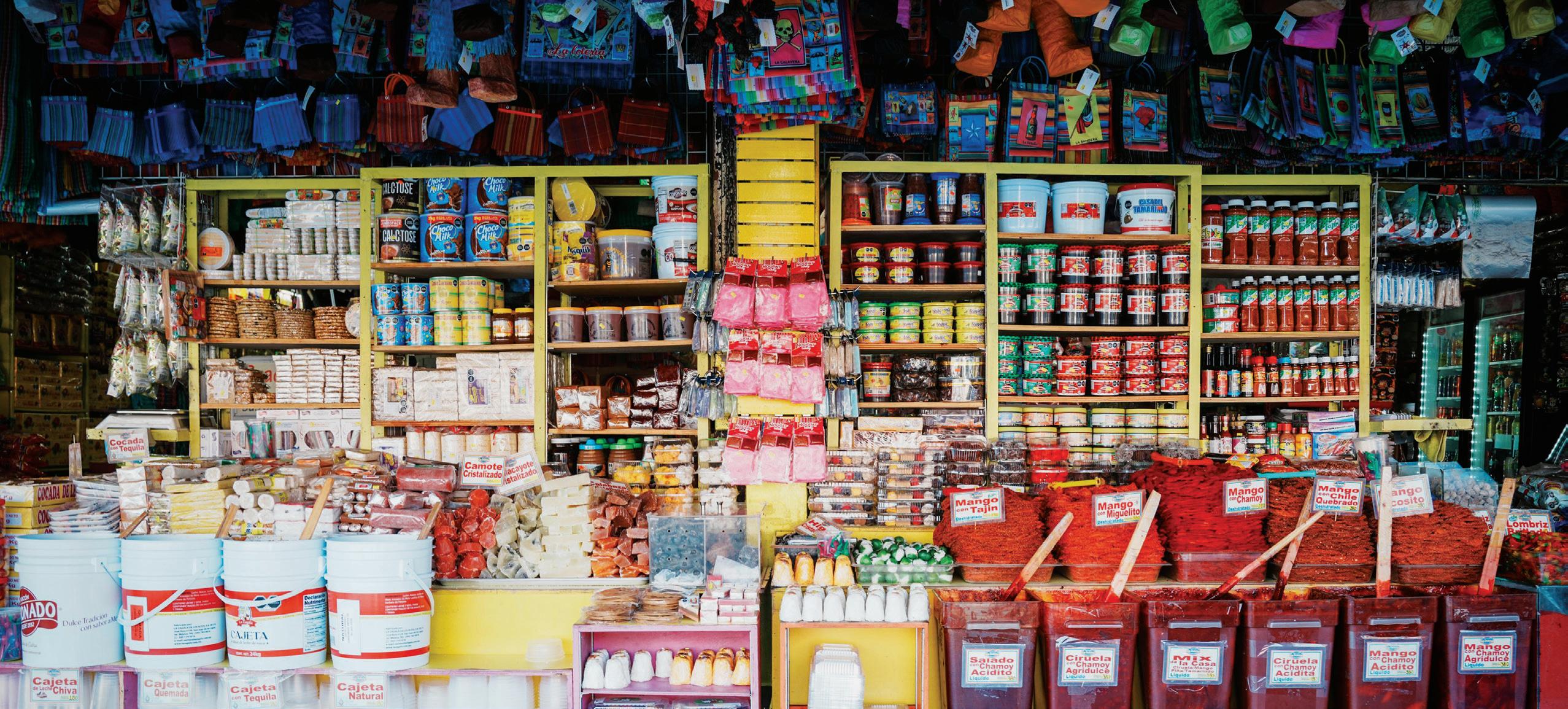


tourists. Among its aisles are unique and high-quality products that are impossible to find in conventional supermarkets, making it a space with unmatched charm, as highlighted by Rubio Arámburo.
One of its main attractions is its delicious cuisine: from birria and Michoacán-style carnitas to tamales, elotes, and birote, all prepared with recipes and a traditional touch that captivate the palate and evoke nostalgia. Its clientele consists of local residents and visitors from Southern California, as well as tourists from Europe, Canada, and other parts of the world, all in search of a genuine taste of Mexican culture.
Reflecting our religious traditions, the market also features a chapel that, in its early days, served as a place of prayer for transporters
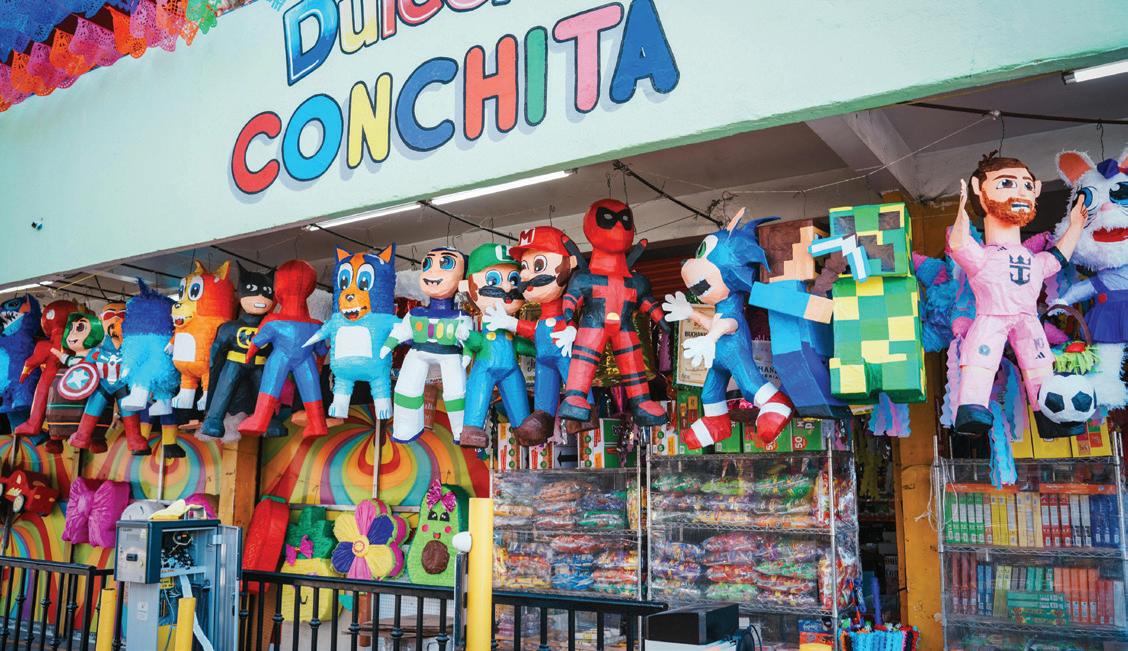
embarking on their journeys. Today, masses and liturgical festivities are celebrated on weekends, further strengthening its role as a community and spiritual center.
Mercado Hidalgo is not only a shopping destination; it is also a living testament to the history, culture, and soul of Tijuana. For this reason, Homar Rubio invites those who have yet to discover it to visit, and encourages those who have already been there to return and be amazed by the new offerings. Visiting Mercado Hidalgo is a way to relive our Mexican roots in every corner, every flavor, and every tradition.
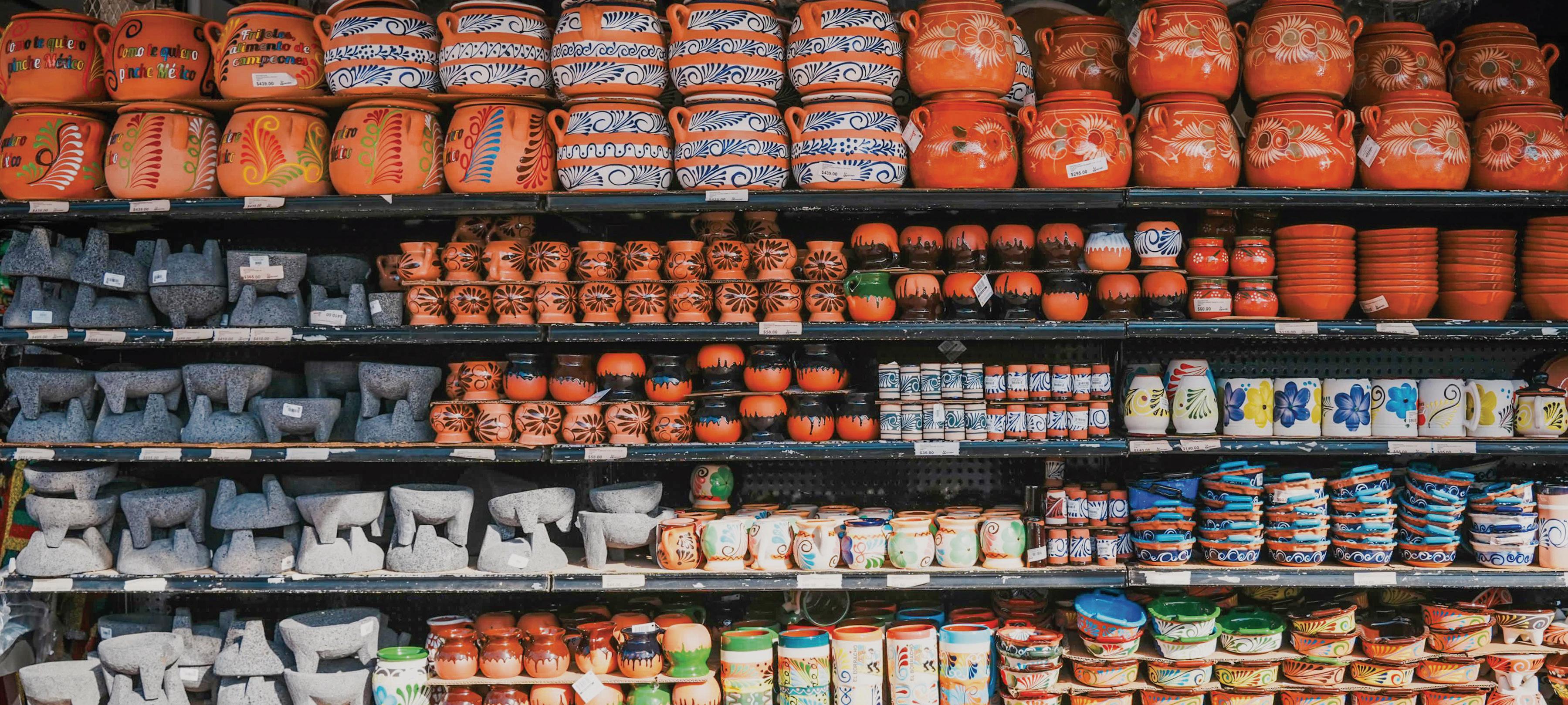

Lic. Bibiana Ayled Cabrera Wong
The xoloitzcuintli was considered a sacred animal in pre-Hispanic times due to its nature and exotic beauty. Today, this mythical animal has become a symbol of pride, resistance, and strength for Tijuana residents, as its breed has adapted to modern times since its origins, connecting with the city’s adaptable and persevering identity.
This species plays a singular role in various aspects of Tijuana’s identity, serving as a source of inspiration for the mascot of the city’s most popular professional soccer team. It is also part of various cultural representations that exalt the “Xolo” as an integral part of Tijuana’s identity, including events, urban art, and cultural expressions.
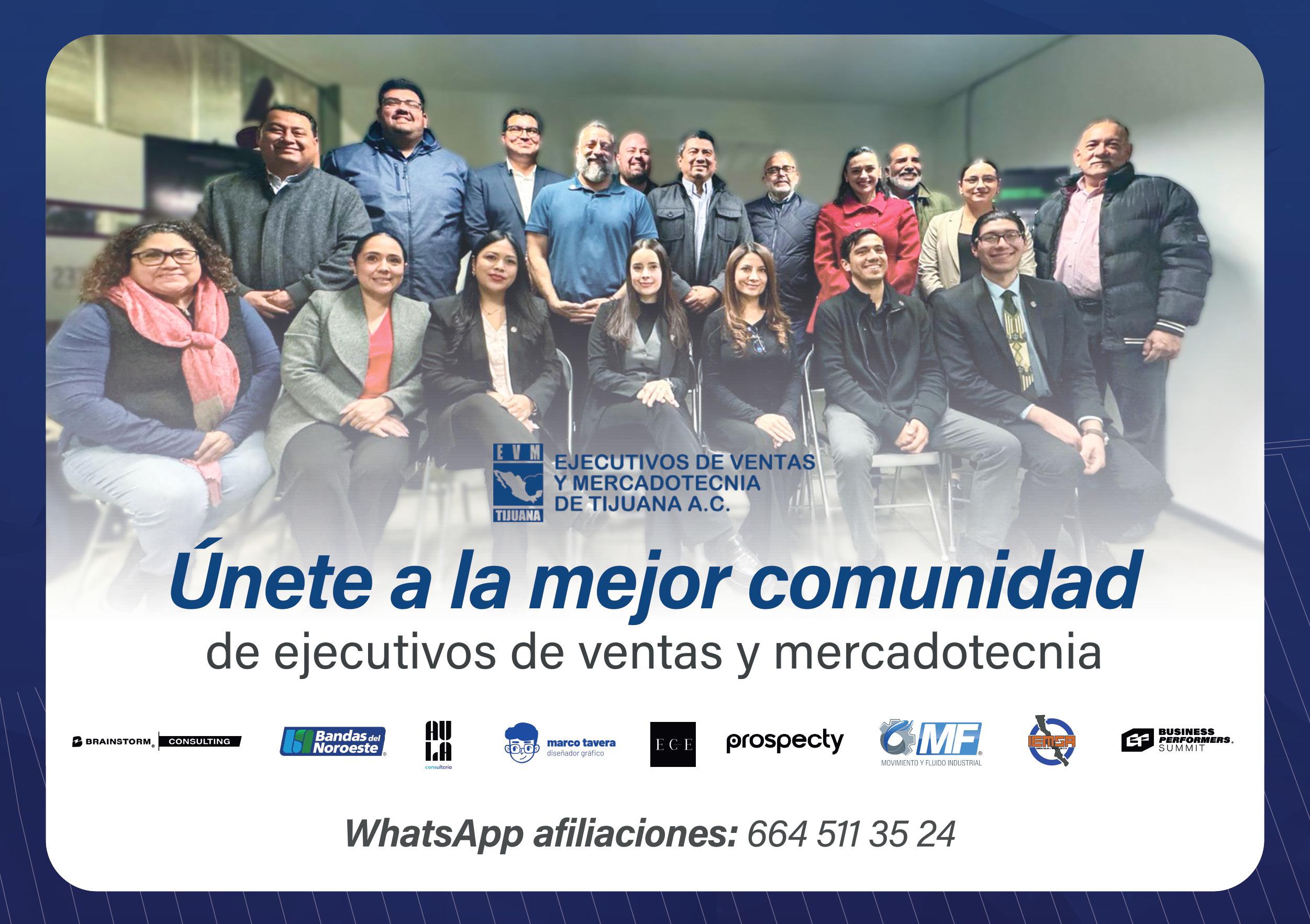

Dr Karim Chalita Rodríguez
Tijuana, a border city between the United States and Mexico, has established itself in recent years as one of the leading destinations for Meetings Tourism. After the pandemic, and looking ahead to 2025, it is clear that this growth is poised to have a significant economic impact on the region. Tijuana is known for its unique cuisine, its status as the leading destination for Medical Tourism in our country, and its growing real estate tourism. However, Tijuana is also becoming a hotspot for conferences, conventions, and business meetings. The combination of its location, the new hotels that have emerged, and the diverse tourism value chain make our city a value-added destination worthy of consideration.
The economies of border cities depend not only on traditional tourism, but also on sectors such as medical tourism, culinary tourism, real estate tourism, and now meetings and conventions tourism, which have contributed significantly to the local economy.
The proximity to San Diego, California, to the north, as well as our sister cities Rosarito, Ensenada, and the Valle de Guadalupe to the south, makes Tijuana a desirable destination, serving as the starting point for enjoying the Megaregion. With this proximity, American tourists enjoy a unique experience within a two- to three-hour commute. In addition, our region offers cultural centers, churches, parks, traditional Mexican markets, entertainment
centers, and a vibrant atmosphere, making it an attractive destination for business travel. An example of the benefits and experiences our region offers is the Tianguis Turístico 2025, which will be held in our area. This is the most important tourism event in our country, where buyers and sellers from all states of Mexico gather to offer or, if applicable, find tourist destinations throughout the country. This will be the first time it is held internationally, as various countries around the world have been invited to attend this important event.


As a dynamic border city, Tijuana constantly faces significant challenges, which, in a structured manner, become unique opportunities to consolidate itself as a strategic hub for economic and tourism development. In this context, public policies play a crucial role; they provide the direction and guidelines necessary to consolidate the drive for investments and strengthen our city as a tourist destination and economic engine of the region.
Public policies address the real needs of the city, arising from interactions with public and private institutions, as well as direct dialogue with citizens. For this reason, from the Commission that I chair, we have promoted an agenda based on inter-institutional coordination, leveraging cross-border potential, and fostering local competitiveness, while highlighting the advantages of this privileged city due to its geographical location, internationally recognized gastronomy, and the industries that directly and indirectly support the city’s economy, along with the entrepreneurial spirit of thousands committed to competitive development.
While it is true that public policies respond to immediate needs, they also enable us to strategically envision the city we all desire. This is why tourism has become a central
aspect of the city’s economic growth. Tourism requires careful planning; it is not enough to have natural or cultural attractions; clear promotion strategies, adequate infrastructure, ongoing training, and safety conditions are essential. We need to encourage, as a city, recognition of our achievements and, as a community, become the primary advocates that Tijuana is prepared to continue growing. We must be ambassadors for quality medical tourism and the benefits of our hospitality and the warmth of our people.
Likewise, economic development requires policies that stimulate investment, support innovation, and generate well-being for all.
No city can simply improvise its growth; it needs public policies that provide certainty, articulate public and private efforts, and promote diversity. This is how sustainable, vibrant cities with a strong identity are built.
We firmly believe that tourism and the economy are not isolated sectors; they are deeply interconnected. Investing in one strengthens the other. For this reason, every decision we make from the Town Council and the Economic Development, Tourism, and Border Affairs Commission aims to lay solid foundations for a more prosperous, attractive, and equitable Tijuana.
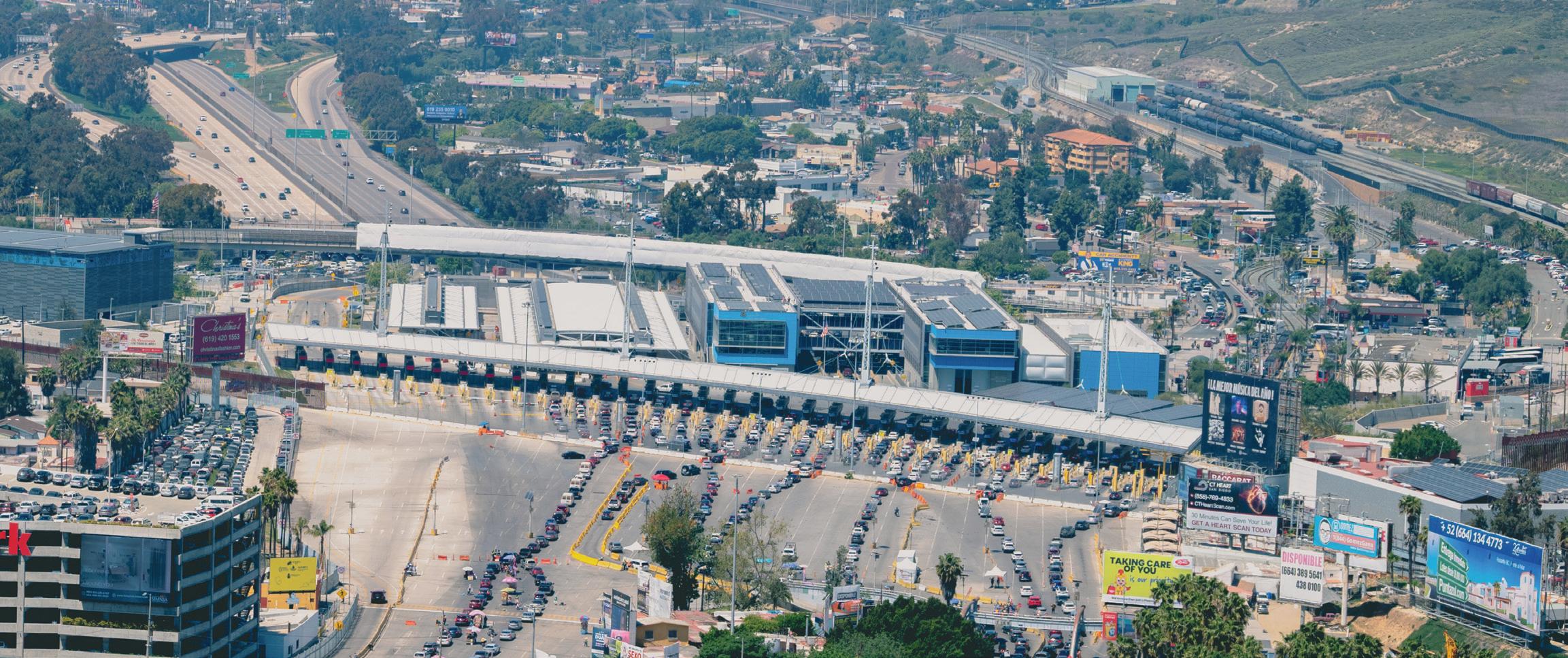

Alma Sofía Villalobos Ruiz
More than just a beauty, the bighorn sheep is an emblematic figure, a symbol of resistance, strength, and connection with the natural wealth of Baja California. Due to its majestic and unbreakable spirit, the bighorn sheep (Ovis canadensis) has become not only part of the cultural identity of Baja Californians, but also an emblem that defines the students or “marrones” of the Autonomous University of Baja California (UABC), the premier institution of higher education in our state.
As it is among the main endangered species in our country, the UABC Foundation, in collaboration with the Ministry of Environment and Sustainable Development (SADS), is carrying out the “Cimarrón Sanctuary” project, a conservation, education, and research initiative aimed at protecting and raising awareness about the importance of the bighorn sheep and its habitat for the community. Following the last wildlife census conducted by the Ministry of Environment and Natural Resources (SEMARNAT) in 2021, only just over 300 specimens were counted in the Valle de los Cirios, their natural habitat. If you would like to contribute to the protection and conservation of this majestic bovid that inhabits the mountains of Baja California, please visit the page https://santuariocimarron.com/educacionambiental/ for more information.

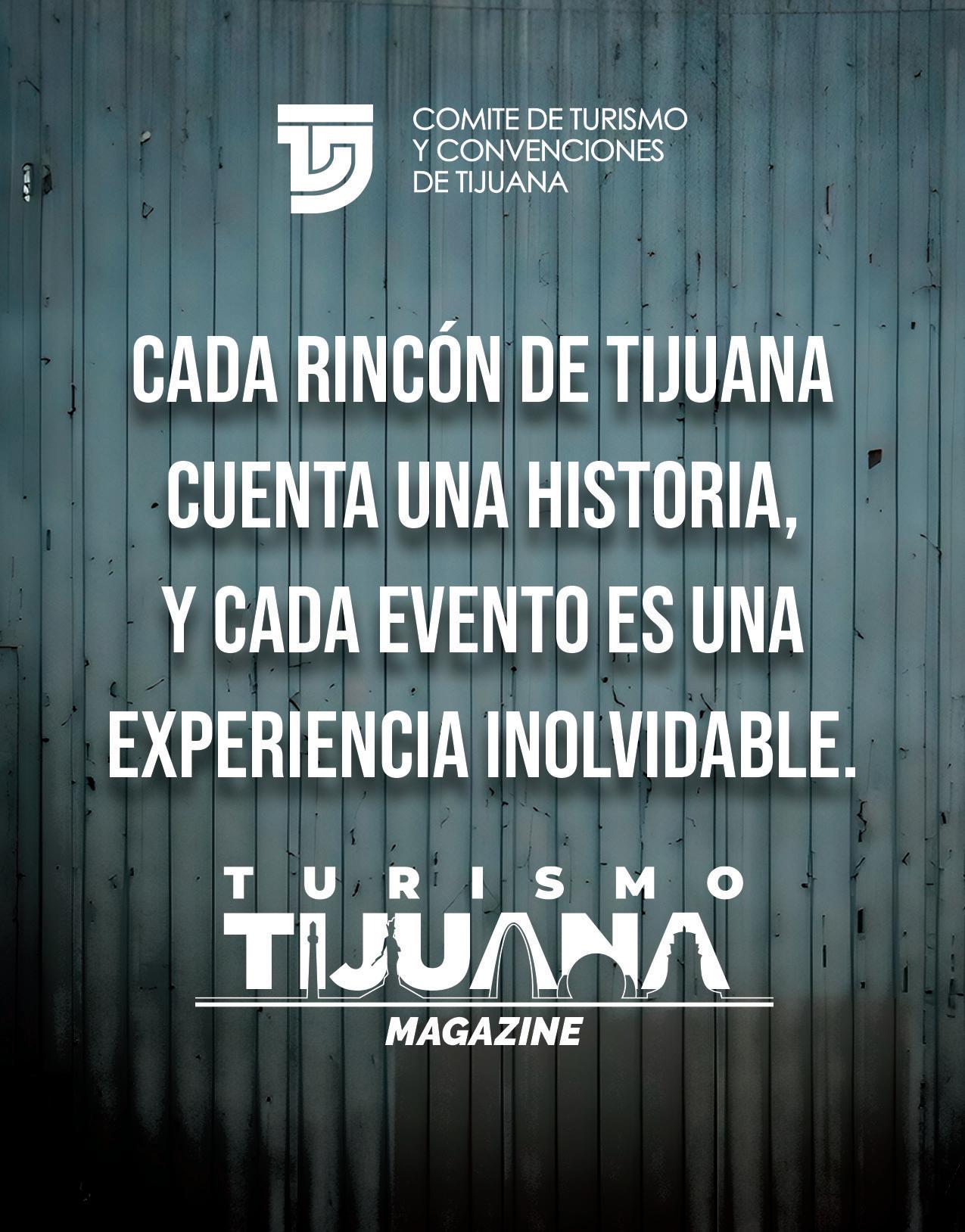
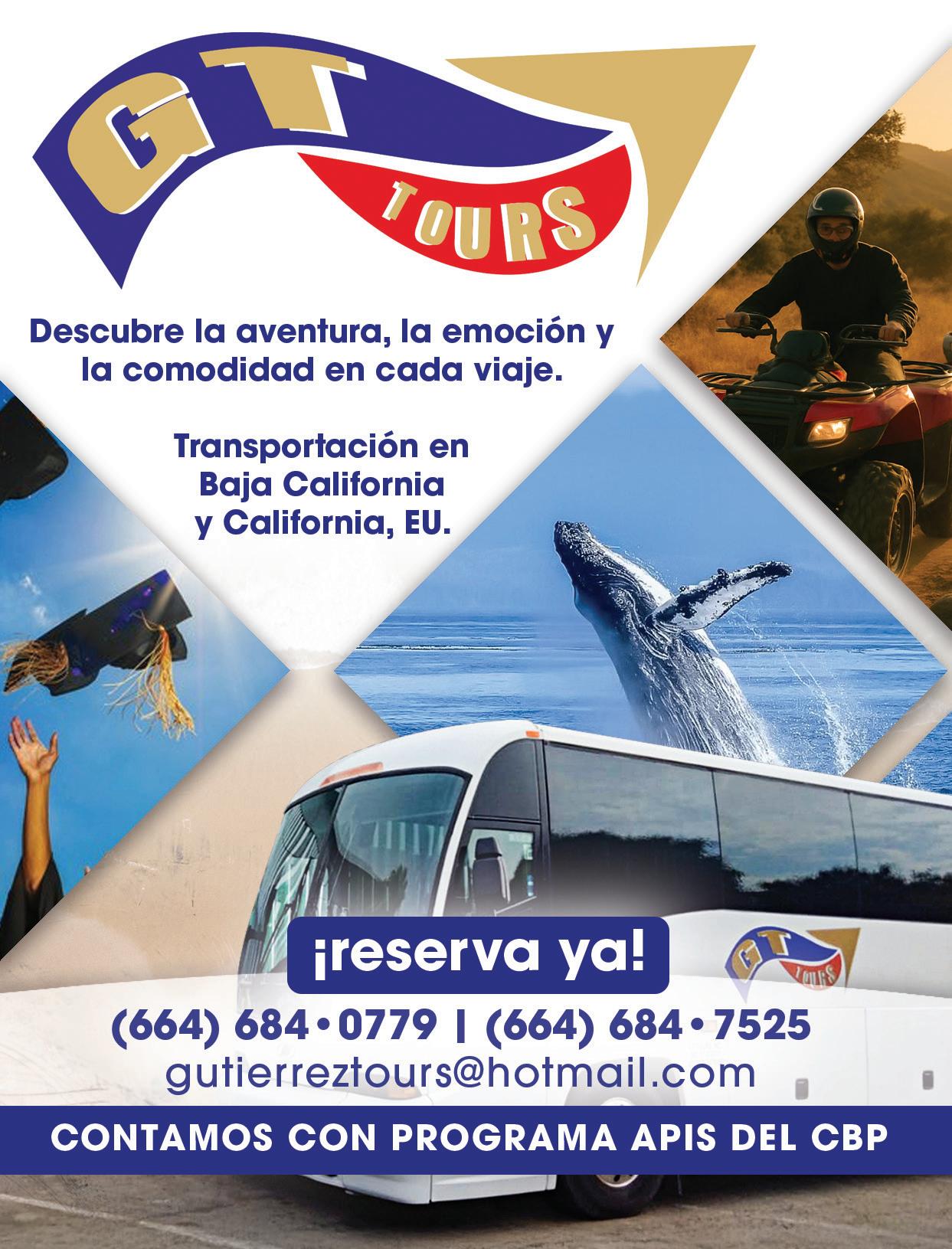
Lic. Bibiana Ayled Cabrera Wong
Tijuana, located on the border between Mexico and the United States, is not only a cultural meeting point but also a gastronomic paradise, especially when it comes to tacos. Considered “the best” in the country and the world, Tijuana tacos have gained international fame thanks to their authentic flavor and fresh ingredients. One of the undisputed protagonists is, without a doubt, the carne asada taco, prepared with marinated cuts of beef, grilled over charcoal, and served on freshly made corn tortillas, seasoned with a rich and creamy guacamole, onion, cilantro, and homemade sauces that give the “special touch” that represents the essence of Tijuana “street” food.

From roast, adobada, fish, seafood, various meats, birria, or steamed tacos, tasting tacos in Tijuana has become, without a doubt, an unparalleled experience for the palate that combines culinary tradition and “street flavor.” From the “cartoonish” atmosphere of the iconic street stalls that adorn the most remote corners of the city, where “the homeland begins,” to the quality of its ingredients, each bite is an explosion of flavor that reflects the essence of this border city.
So, if you are a lover of good food, do not hesitate to visit Tijuana and enjoy its unique and delicious tacos. Your palate will thank you!
The Tijuana Tourism and Convention Committee (COTUCO) is a decentralized public body that collaborates with municipal authorities and assists tourism authorities in the conservation, protection, creation, improvement, and use of tourist resources, with the objective of promoting the development of local tourist activity. This body was created on November 2, 1966, and its establishment was formalized through the decree of December 10, 1966, which granted it legal personality, autonomy, and the authority to enter into agreements, activities, and contracts within its jurisdiction.
For its creation, the model of CONVIS (Convention and Visitor Bureau) of San Diego was adopted, and it was integrated with representatives from the tourism sector, academia, and state and municipal governments, as well as various professional associations. Thus, since its founding, COTUCO has had a binational character, aimed at promoting the Tijuana-San Diego region.
It is important to highlight that COTUCO Tijuana was the first organization of its type created at the national level, leading to the establishment of the Guadalajara Convention and Visitors Bureau ten years later. Currently, there are similar offices in the main tourist destinations across the country
Therefore, on the occasion of its 60th anniversary, a special committee will be formed to celebrate its six decades of history and significant achievements. Throughout its history, COTUCO has managed to attract important events, congresses, and conventions, and in 2025, it will host the “Binational Tourist Tianguis,” which will take place from April 28 to May 1 at the Baja California Center in Rosarito.
Another important task is the “Tourist Merit,” an annual recognition that highlights the work of individuals, companies, and groups that have excelled in promoting and developing tourism in the region.
Its main responsibilities are:
• Promotion and support for holding congresses and conventions for the Cali Baja region (Tijuana-Baja California).
• Promoting the influx of national and foreign tourists to Tijuana.
• Producing and distributing all types of materials aimed at promoting and disseminating Tijuana’s tourism offerings.
• Proposing construction and infrastructure projects aimed at beautifying Baja California, in addition to promoting the creation of tourist attractions.
• Assisting in the formation of tourist routes and circuits that allow the benefits of tourism to be extended to the inhabitants of each region.
• Developing and implementing comprehensive programs for municipal tourism development.
• Participating in joint actions of a binational nature that promote the Tijuana-San Diego region.


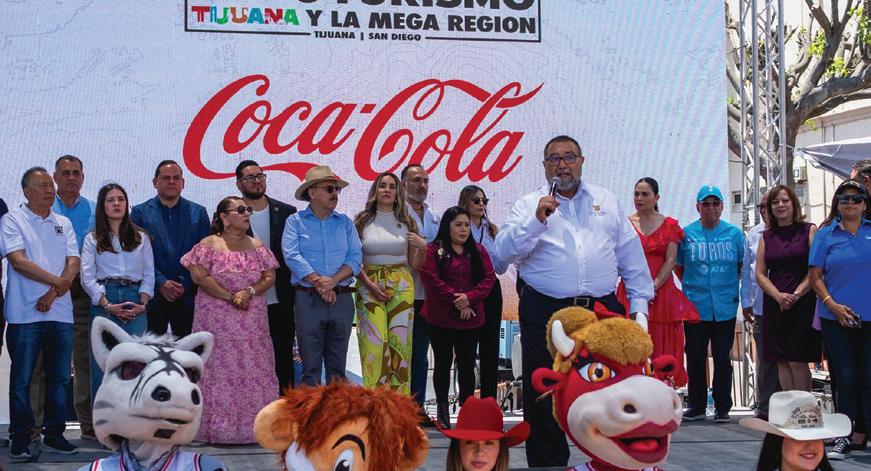
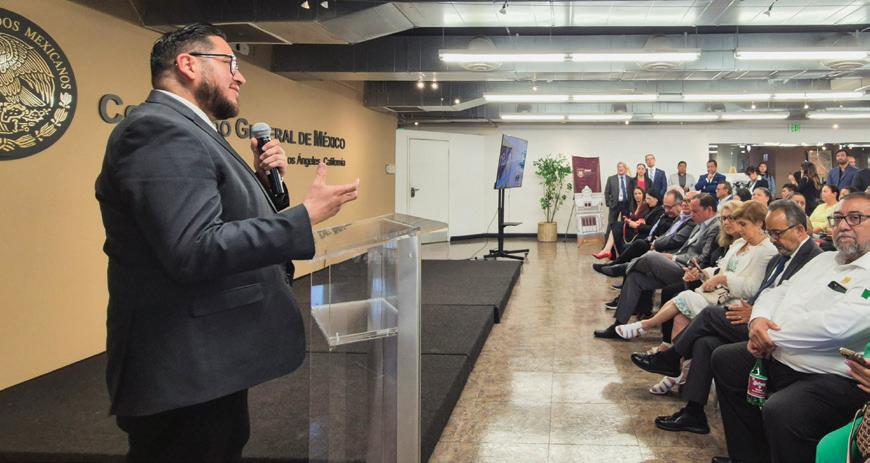


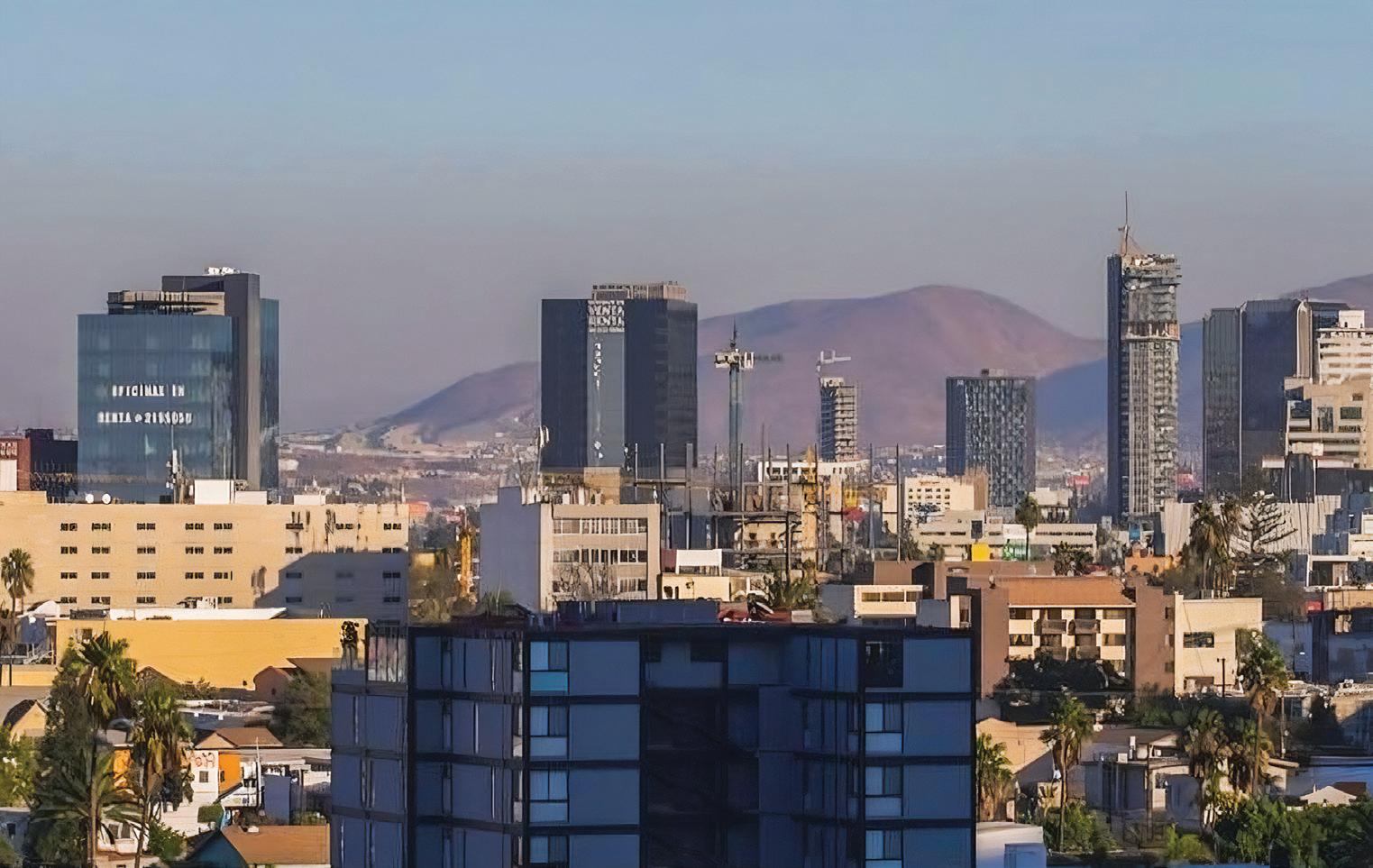

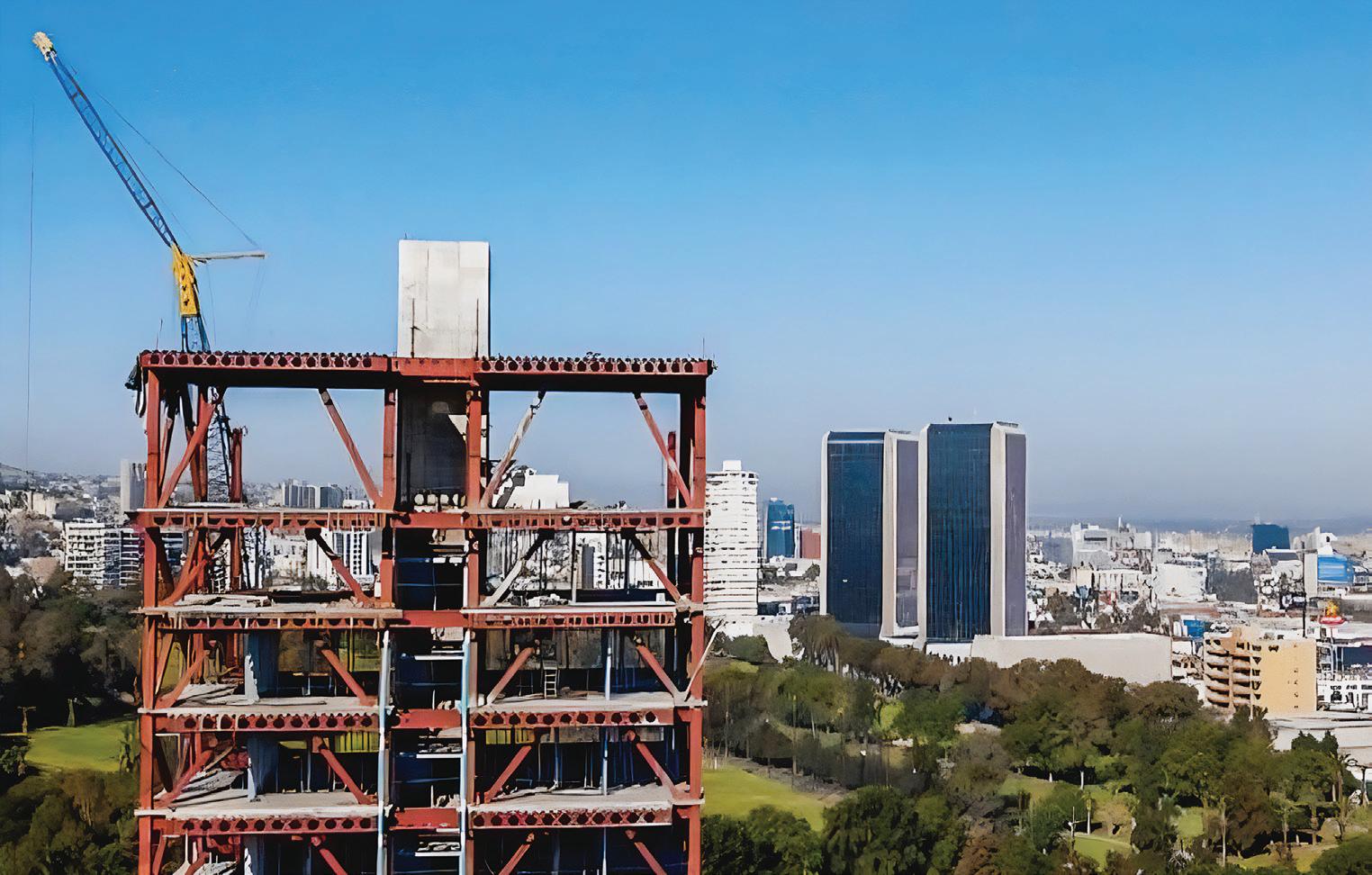
“WE, WHO HAVE WORKED IN THIS SECTOR FOR YEARS, KNOW THE VIABLE PATH AND THE LEGALITY OF THE PAPERWORK”

The tourist real estate market in Tijuana has faced moments of slowdown, but expectations for significant growth are high. The celebration of the “Tianguis Turístico 2025,” which will be hosted in Baja California for the first time in a binational event, has aroused the interest of investors seeking to take advantage of opportunities in this sector.
Given the possible boom in investments in tourist real estate, Lersa Mercadillo, president of the Mexican Association of Real Estate Professionals (AMPI) Tijuana section, highlights the importance of having a professional and experienced real estate advisor to minimize serious risks such as fraud or unexpected additional costs.
“We, who have worked in this sector for years, know the viable path and the legality of the paperwork. The history of a property must be thoroughly reviewed, especially if it comes from a prescription. If the property belongs to a deceased person, for example, there could be heirs with rights over it, which would represent a risk for the investor,” explains Mercadillo.
Among the factors to evaluate are:
PRE-SALE DELIVERY TIME:
It is crucial to know the real deadlines and the credibility of the developer.
AMENITIES AND MAINTENANCE COSTS:
These factors influence the profitability of the property.
RESTRICTIONS ON VACATION RENTALS:
A common mistake is buying with the intention of renting on platforms like Airbnb without knowing the restrictions. In many vertical developments, this type of rental is already prohibited or is in the process of being banned by resident assemblies.
Currently, the real estate market in Tijuana presents a saturation of vertical properties acquired as investments. This has generated a natural cycle where the best opportunities are found in pre-sales.
For new investors, it is vital to consider that:
Immediate purchase opportunities are scarce, so the best strategy is to purchase in advance and wait for delivery in approximately two years.
The capital gain may increase during the waiting period, generating a sales opportunity with a profit at the time of delivery.
In conclusion, investors should prioritize the advice of experts with experience in the market. This is not to dismiss new consultants, but experience plays a fundamental role in evaluating risks and ensuring an investment with legal and financial guarantees. Trust is key in this process, and having a trained professional will make the difference between a successful investment and a potentially risky one, concluded the real estate expert.
The medical device industry has found fertile ground to thrive in Baja California. Tijuana, in particular, has consolidated itself as one of the strongest pillars of this ecosystem. The Medical Device Cluster of Baja California has been a key player in this development, boosting the economy, education, and quality of life in the region.
“As a system in Baja California, we, the companies, united in 2005, but it was in 2006 when we established ourselves as a legal entity,” said Ing. Miguel Ángel Félix Díaz Alonso, founder and treasurer of the Medical Device Cluster of Baja California.
“Since then, this organization has experienced impressive growth: in its early days, it grouped 26 companies and generated around 28,000 jobs. Today, there are 77 companies that make up the cluster throughout the state, offering more than 82,000 high-value jobs,” he added.
What is remarkable is not just the quantity but the quality. “These are not simple assembly jobs,” Díaz Alonso clarified. “We have sophisticated processes, worldclass facilities, and we have six of the ten most important companies in this sector operating here in Baja California.” This level of sophistication has been made possible by decades of accumulated experience, strategic infrastructure, and, above all, highly skilled human capital: “We are no longer a region of cheap labor; we are a region of specialized talent. Local universities have been key in adapting their programs, creating careers such as biomedical engineering and master’s degrees in innovation focused on medical devices,” he stated
Of the 77 companies that make up the cluster in Baja California, 52 are located in Tijuana, which represents approximately 65%. These companies generate 57,000 jobs, making the city a true epicenter of medical manufacturing.
“What helped this growth was that one or two corporations saw the benefit of operating here. Our proximity to the United States, the ports of Long Beach and Ensenada, the airports, and the universities… all contributed to demonstrating that Baja California is a land of opportunities,” the engineer explained.


In addition to its strategic location, the region offers robust infrastructure and a mature ecosystem. The sector has suppliers that meet the necessary certifications, local sterilization processes, and experience in regulations for exporting to markets such as Europe and Asia. “We have the capacity to develop any project. New companies no longer have to start from scratch. Here they find everything they need: certified suppliers, prepared talent, and plants that have already overcome the initial challenges,” he commented. Collaboration has also been a determining factor. The companies in the cluster hold monthly meetings to share best practices and support each other in problem-solving. “This open communication between plants and the exchange of ideas allows us to be more efficient and resilient,” Díaz Alonso added.
The Medical Device Cluster of Baja California represents just over 50% of the national market for medical devices. Globally, Mexico was the sixth largest exporter of medical devices in 2023, with exports totaling $19.62 billion. Of that figure, about 50% comes from Baja California. In contrast, the country imported $14.91 billion, ranking as the tenth largest importer worldwide in the same year. However, the impact goes beyond the economic; the growth of this industry has driven a tangible improvement in education, thanks to collaboration with institutions such as the Autonomous University of Baja California (UABC), the Technological Institute of Tijuana (UTT), and CETYS University, thus raising the quality of life for workers in the sector by generating better-paid jobs.
The Medical Device Cluster of Baja California has demonstrated that coordinated work between industry, government, and academia is possible and highly effective. “We are a proactive sector. We have always maintained communication with the educational and governmental sectors at all three levels. That has been key to building what we have today,” Díaz Alonso asserted.
The figures, infrastructure, experience, and talent speak for themselves. But beyond that, the strength of the cluster lies in the business community, united by a shared vision and a firm commitment to excellence. “We have proven that we are reliable companies, with teams that wear the jersey. We are good at improving processes and adapting them. That is what makes Baja California a global benchmark,” concluded the founder of the Medical Device Cluster of Baja California
Mtro. Enrique Rangel Rodríguez
The Mexican Consulate in Los Angeles, in coordination with the Tijuana Tourism and Convention Committee, chaired by Dr. Karim Chalita Rodríguez, who was accompanied by other representatives of the XXV City Council of Tijuana and the tourism value chain, welcomed a delegation of distinguished visitors made up of elected mayors and councilors from Southern California at the binational pedestrian bridge that connects the United States and Mexico in Tijuana, B.C., known as the Cross Border Xpress. This event was part of the follow-up to joint efforts that began last year with the Consul General of Mexico in Los Angeles, Carlos González Gutiérrez.
During the tour of the site, the delegation was able to experience the cross-border crossing firsthand and learn relevant information about the bridge and the city. Likewise, they confirmed the advantages of using this route to enter the country, highlighting the speed and ease of doing so, which favors mobility between both countries.
A key point on the agenda was to familiarize the delegation of elected mayors and councilors from Southern California with the lodging, health, and well-being proposals in Tijuana, B.C. For this reason, they visited New City Medical Plaza and Quartz Hotel & Spa, as it was important for them to learn about and appreciate the world-class infrastructure for medical tourism in the city, which is utilized by foreign visitors and local residents.
At each stop on this tour, they were able to experience and verify the high-quality proposals being developed in Tijuana, B.C., by companies committed to the health and satisfaction of every user of their services, thereby promoting their overall well-being.
The final point of this extensive agenda was the emblematic Av. Revolution in the Central Zone of Tijuana, B.C. At this location, the elected mayors and councilors of Southern California, led by the Consul General of Mexico in Los Angeles, Carlos González Gutiérrez, had the opportunity to learn about the dynamics of this area and visit various tourist offerings.
To conclude the tour in the area, a business lunch was held at the traditional Caesar’s Restaurant, where they enjoyed the famous Caesar salad, which was created there. Additionally, representatives of the XXV City Council of Tijuana exchanged ideas with the elected mayors and councilors of Southern California and the Consul General of Mexico in Los Angeles about engaging and collaborating with the communities they represent, with the aim of promoting and strengthening the economic, tourist, and cultural development of their respective cities.
Distinguished guests from California were warmly received, including:
Carlos González Gutiérrez, Consul General of Mexico in Los Angeles. Imelda Padilla and Mónica Rodríguez, councilors from Los Angeles. Alejandra Ávila, mayor of Baldwin Park. Rita Soto, mayor of Lynwood. Mayra Aguiluz, mayor of Maywood. Salvador Meléndez, mayor of Montebello. Ulises Cabrera, mayor of Moreno Valley. Louis McArthur, mayor of Oxnard.
They were joined by representatives from different offices and organizations such as: Mexican Consulate in Los Angeles, Santa Barbara, Claremont, Baldwin Park, Lynwood, Maywood, and Tzunu Strategies.

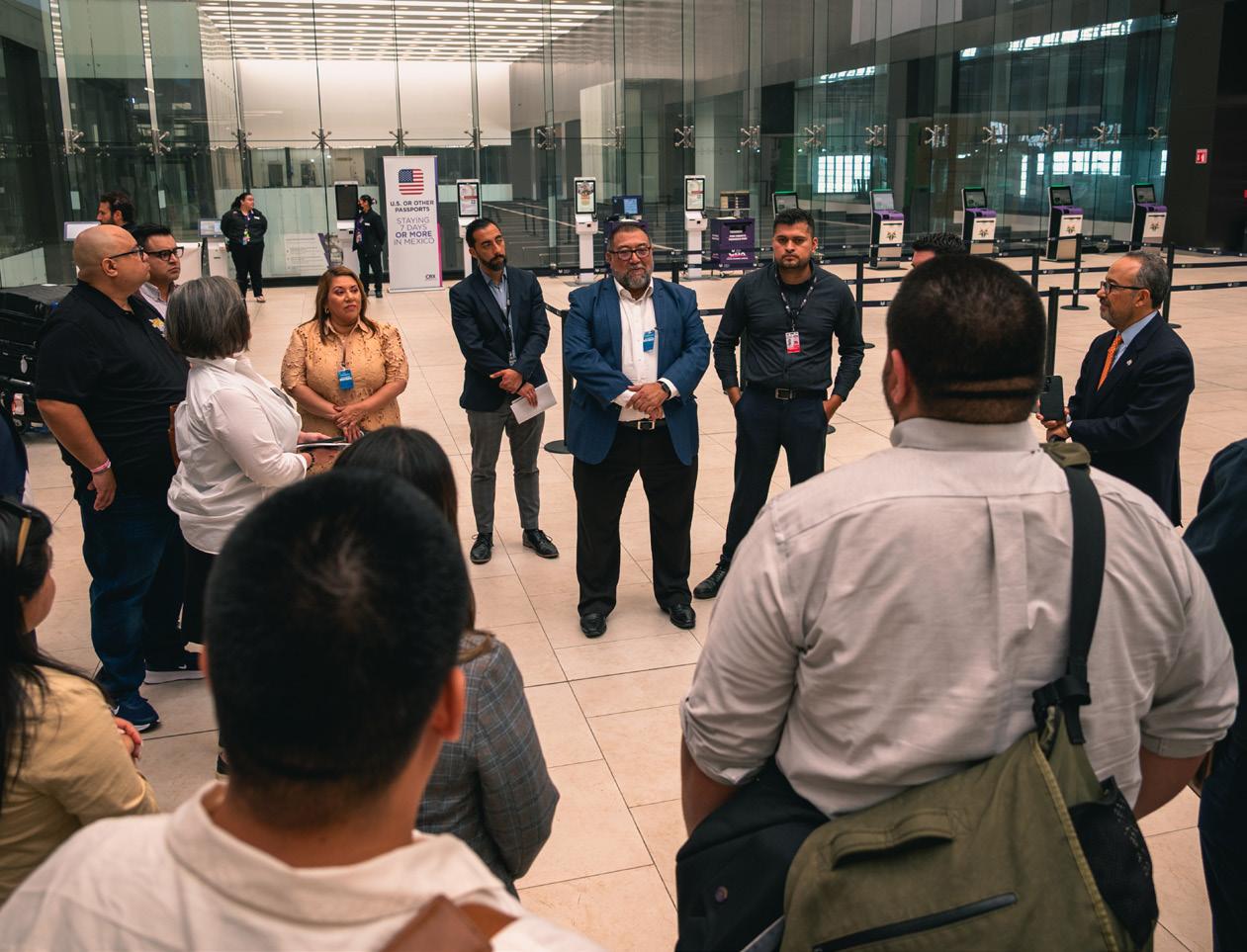
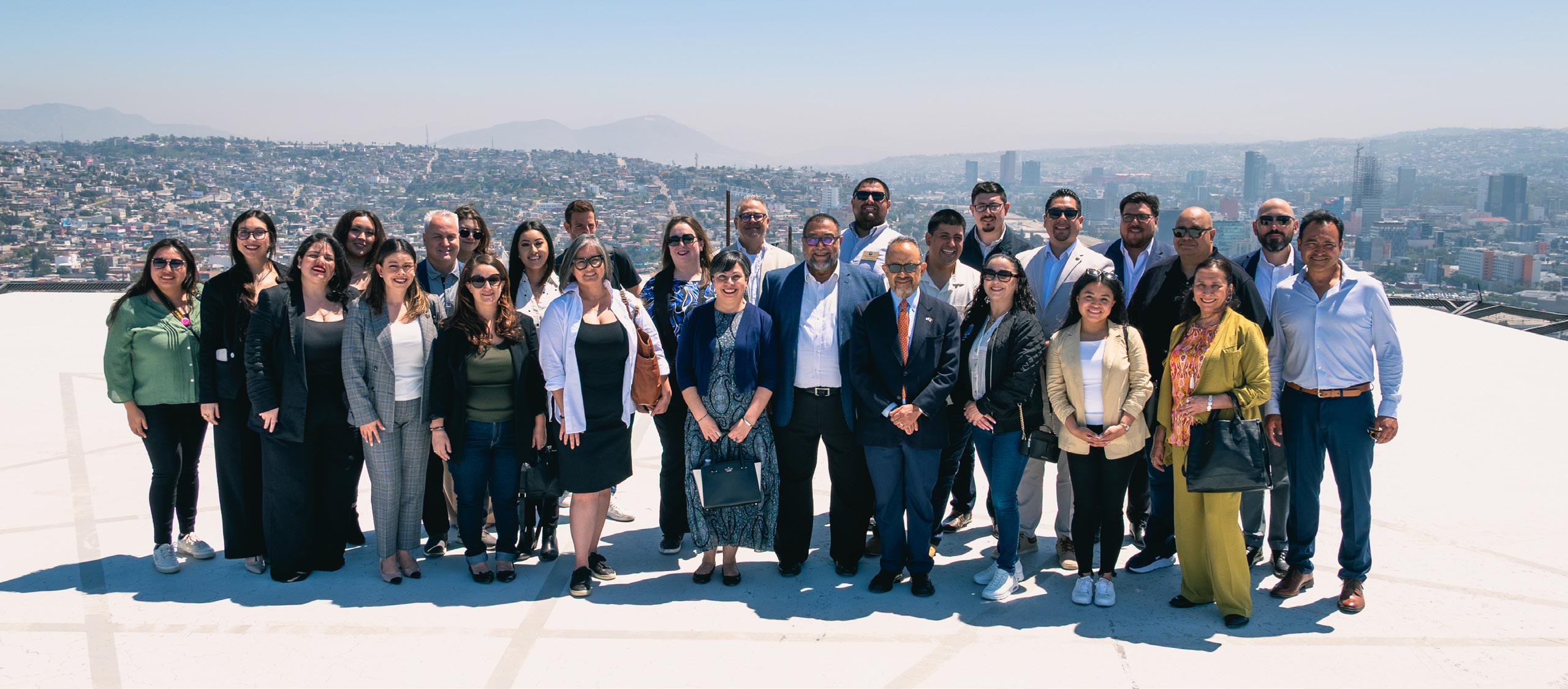
On behalf of the XXV City Council of Tijuana, the following participated:
Dr. Karim Chalita Rodríguez, president of the Tijuana Tourism and Conventions Committee. Eng. Pedro Montejo Peterson, Secretary of Economic Development, representing the president of the XXV City Council of Tijuana. Lic. Lucía Guadalupe Aguirre Inzunza, director of Economic Promotion within the Secretariat of Economic Development of the XXV City Council of Tijuana. Lic. José Luis Portillo Reyes, municipal delegate of the Central Zone of the XXV City Council of Tijuana. Reg. Mtra. Melissa Pacheco Silveyra, president of the Economic Development,
Tourism, and Border Affairs Commission of the XXV Tijuana City Council. Reg. Mtra. Mónica Padilla Villa Velázquez, president of the Education, Culture, Libraries, Science and Technology Commission, and president of the Commission for the Protection of Children and Adolescents of the XXV City Council of Tijuana. Reg. Lic. Rogelia Arzola Santillán, president of the Social Welfare Commission of the XXV City Council of Tijuana. Reg. Lic. Pablo Yáñez Placencia, president of the Government, Legislation and Regulatory Improvement Commission of the XXV City Council of Tijuana. Mrs. Martha Domínguez Uscanga, president of the Northwest Hotel Association. Dr. Fabián
Walters Arballo, president of the Baja Health Cluster. Lic. Facundo Gámez Hernández, representing Canaco-Servytur Tijuana. Lic. Gilberto Gamiño Herrera, treasurer of the Tijuana Tourism and Conventions Committee
El gran Taco de México
DATE: MAY 1 - 2
Place: Centro Cultural Tijuana Tijuana Design
Week x Vortice Art & Fashion 2025
DATE: MAY 2
Place: VÓRTICE Casa de Diseño y Galería de Arte 2do Festival de Arte y Cultura
DATE: MAY 2 – 4
Place: Av. Revolución. Calle 8va y 9na
Camilo Séptimo en Tijuana
DATE: MAY 2
Place: El Foro Antigüo Jai Alai
Edgar Oceransky en Tijuana 2025
DATE: MAY 2
Place: Museo del Taco
20va Edicion Ambuelante Gira de Documentales
DATE: MAY 2 - 9
Place: Centro Cultural Tijuana - Cineteca
Nortec: Bostich+Fussible y La Orquesta deBaja California en TIJUANA 2025
Date: May 3
Place: Av. Revolución zona centro
Color Fest Run 5k en Tijuana 2025
DATE: MAY 10
Place: Tercera Etapa del Río Tijuana
Grand Coliseo: Festejando a las mamacitas
DATE: MAY 17

Place: Nuevo Toreo de Tijuana XXIV Expo Artesanal Tijuana
DATE: MAY 15 – 18
Place: Explanada del CECUT
Brujas en Tijuana 2025
DATE: MAY 10
Place: Centro Cultural Tijuana
Natalia Lafourcade en Tijuana
DATE: MAY 10
Place: Audiorama El Trompo
Epica en Tijuana 2025
DATE: MAY 10
Place:El Foro Antigüo Jai Alai
Temporada Rancho Casian
DATE: MAY 18
Place: Rancho Casian
Daniel Boaventura en Tijuana 2025
DATE: MAY 24
Place: El Foro Antigüo Jai Alai
“No Seré Feliz, pero Tengo Marido” en Tijuana 2025
DATE: MAY 26, WITH 2 SHOWS AT 6:30 PM AND 8:30 PM
Place: Centro Cultural Tijuana (CECUT)
Moenia
DATE: 31 DE MAY
Place:El Foro Antigüo Jai Alai
No matter how stressful it may be, student life is meant to be enjoyed, spent with friends, relaxing, and savoring those free moments to rest and have fun. It’s also a time to establish routines that allow us to take care of our well-being, especially our nutrition, which ensures optimal performance during this crucial stage of our professional development. So, taking advantage of one of my few free hours, I invite you to visit Café de La Flor in the Río area or Pancake House in the Otay neighborhood. Both offer delicious coffee, exquisite breakfasts, and a friendly atmosphere.
After recharging my batteries to start the day, I went for a walk around Plaza Río, the “best block in Tijuana,” and in the afternoon, after school, I strolled around Plaza Alameda, or “rolling the role” in the downtown area of Tijuana, one of my favorite activities, where there is always something interesting to see! You can even go shopping and take advantage of the change of season, which brings with it new books, charming clothes, and technological and fashion accessories that will definitely complement your style.


If you’re with friends, I recommend visiting VIBO Bar and having fun singing your favorite songs. Remember, you don’t need to know how to sing to have a good time. Just get up on stage and enjoy the experience! Since the venue is quite spacious, you’ll probably want to enjoy a “botanita” after a few hours of shopping. If you’re a fan of sweets, you can go to “Fábrica de Crepas,” “Spazio,” or “Fika Café & Crepas,” where their desserts will leave you more than satisfied. However, if you’re looking for something spicier, “La Casa del Tostiloco” will impress you with its delicious “monchosas” (a term used to define something as extremely appetizing to the eye).
At the end of my tour of several places in the city, when night falls, I recommend visiting “Bastardo” or “IIusso Cocktail House,” bars known for their relaxed atmosphere and their “drinks.” But if you want to party, the “Sticky Social Savage Club,” better known as “El Sticky,” is a great option to de-stress by dancing until late— but not too late! Yawning does not count as class participation.

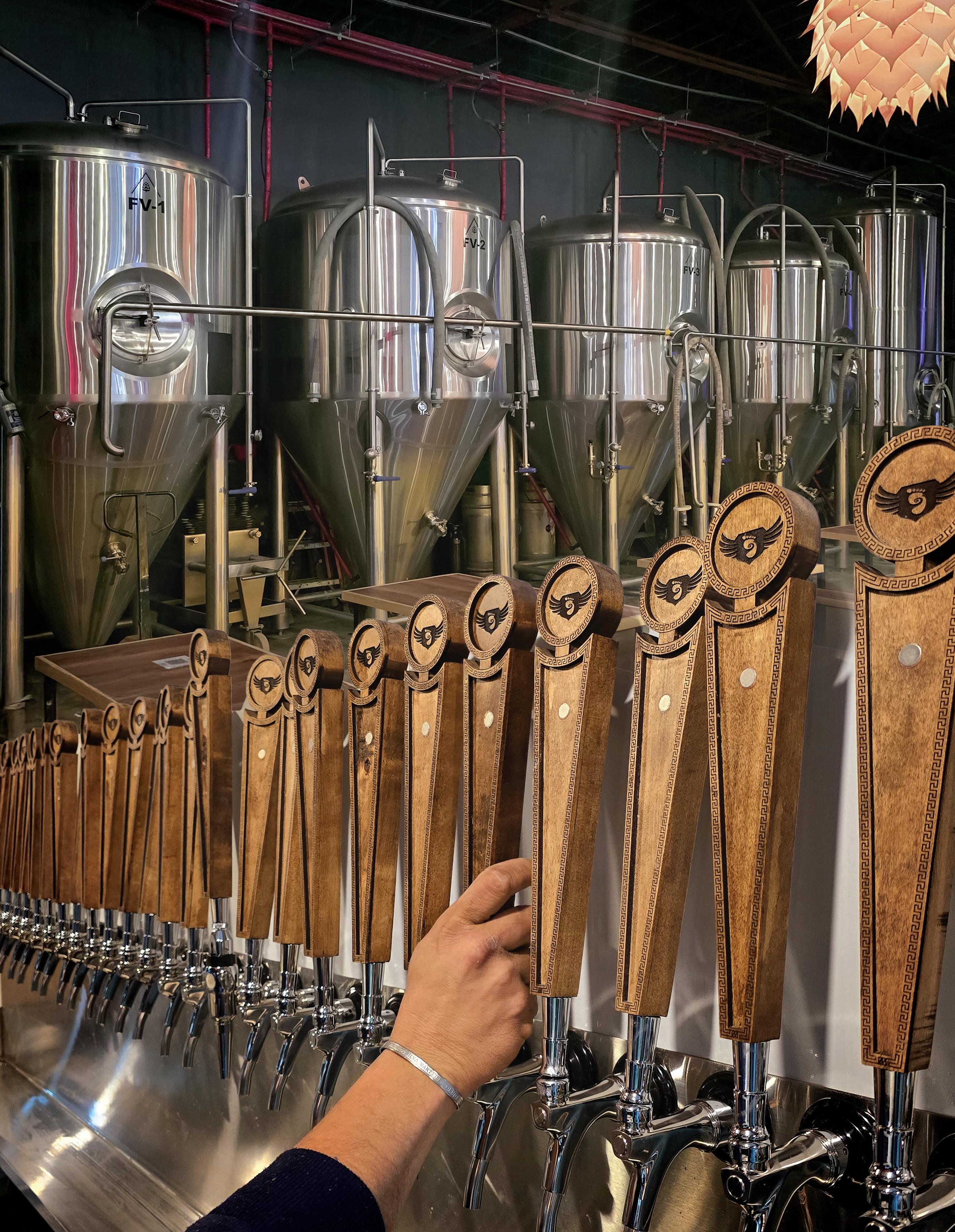
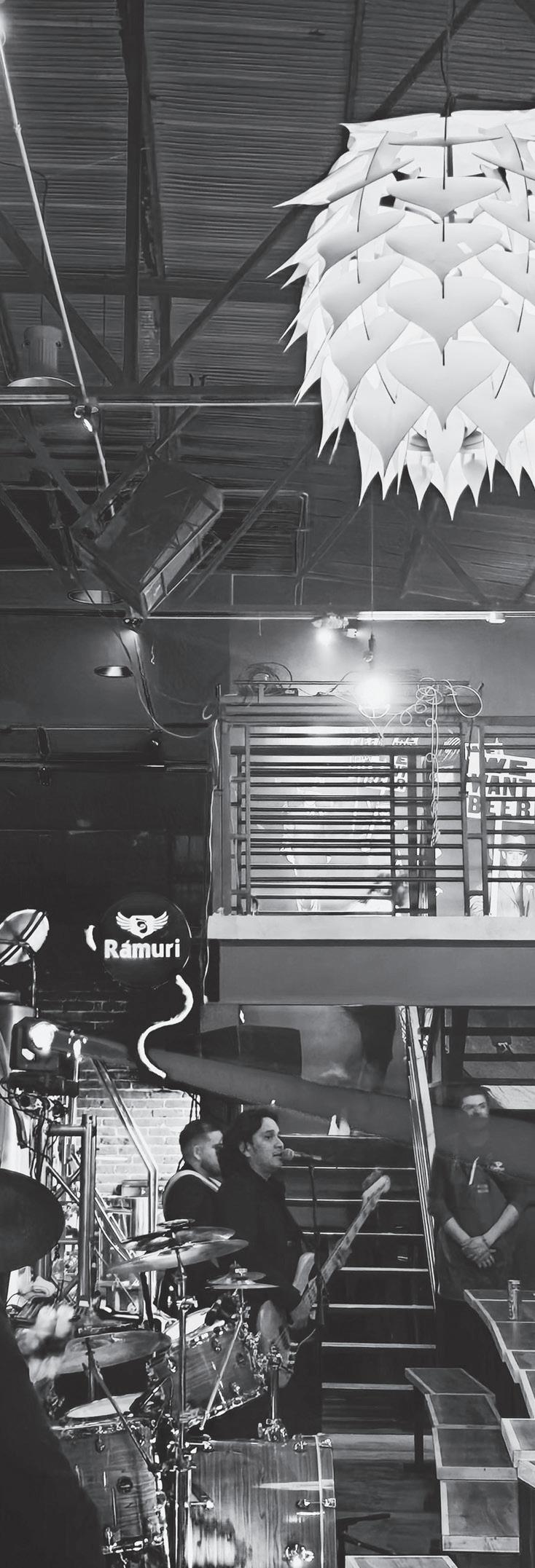
Sergio Michelle López Marín
Remodeling and projecting the future of craft beer in Tijuana, Templo Ramuri reopens its doors. Beginning its remodeling in 2024, Ramuri combines the craftsmanship of regional products with the industrialization of the brewing world.
The menu is crafted from the intrinsic flavors of locally brewed beer, offering a variety that traverses the currents of many cultures, seen from a brewing perspective. Its gastronomic proposal is a fusion of Italian, Peruvian, and Mexican cuisines, transforming its dishes into a delight for the palate. Most of the dishes feature the unconditional use of regional organic products, aiming to satisfy the most discerning palates with fresh ingredients.
With this, Ramuri contributes to the growth of the craft beer industry, providing lovers of this drink with one more option to enjoy.


